Life as a gibbon volunteer incorporates four different areas; The Rehabilitation Site, The Centre for Conservation, Education and Fundraising (aka The Tour Desk) and The Forest. They are all located in the national park, a short car ride from our accommodation. You could also be rostered to work in the office, to help with proof reading, emailing, website updates, etc. The Quarantine area was usually looked after by the staff, not the volunteers.
The Rehabilitation Site
When rostered on at the rehabilitation site, you worked from 6:30am – 2:30pm. Although this may not seem long to you, we were buggered by the time we finished. We prepared food, cleaned cages, distributed food, recorded behavioural observations and health checks on all the gibbons.
After feeding the gibbons we had breakfast, before continuing our duties. Lunch was around noon, depending when you completed your tasks.
- All piled on the back of the ute heading to the rehabilitation site and tour desk
- Me cleaning the produce
- Making gibbon balls – a treat the gibbons loved
- Part of the rehabilitation site
- Part of the rehabilitation site
- Hanging out with the non-primate animals
- Breakfast – rice, eggs and iced tea
While I was at the project, there were 2 to 3 volunteers working at the site each day. The gibbon cages were divided between an upper and lower area, with a total of 33 gibbons at the site.
The upper section was situated up a steep hill, a hill you walked up and down a lot. Add the heat, the humidity and you were bound to be exhausted by the end of the day.
- Stairs leading to the top of the rehabilitation site
- Rehabilitation site was divided into upper and lower sections
When rainy season arrived in May, it brought many muddy challenges and more mosquitoes, which I honestly didn’t think was possible. During the rainy season we always had to check our shoes in the morning, before putting them on, because you never knew what you might find hiding inside!
- Downpour
- Rainy season – soaked
- Not the nicest surprise in the early morning!
The Centre for Conservation, Education and Fundraising
Throughout the week you will be rostered to work at the tour desk, located just in front of the rehabilitation site. Your shift is from 9am – 4pm. The centre is not only for educating but its also a souvenir shop, raising much needed funds for the project.
- The tour desk/souvenir shop
- The tour desk
When locals and tourists visit to find out about the project, they can go to a viewing area to see some of the gibbons placed in the closer cages. Sometimes we gave a lot of information, sometimes less depending on how interested the tourists were.
I was so nervous having to speak to different people from different countries. Although in the end I became very enthusiastic about education and the importance of increasing awareness for these primates.
- Educating some tourists who visited
- Some of the boards tourists can read to learn abot the gibbons
The project does run an educational program with local schools and youths in the area, many came to visit the site. I helped educate English speaking groups of children that visited, which I enjoyed the most!
- Children who were interested in the gibbons
- Group of school children visiting the project
The Forest
I was lucky enough to accompany the staff into the forest a few times during my stay. It is not an easy walk in the dense forest, let alone trying to keep up with the staff who do this daily!
During a forest shift, you are likely to observe and listen out for families that have already been released. This is important as it helps map out their current territories so that future families are not released into the same area. All data is recorded, from who was seen, to who was heard, their behaviour and location.
- The dense forest
- My first trip into the forest – selfie!
- Sign to warn people who might wander into the forest
Whilst I was in the forest, we went to an existing feeding site for a family of gibbons already released. We delivered food to them via a specific feeding basket, which ensured no contact. The gibbon family was not seen on this day, which is not unusual, as they were becoming more independent.
- cutting up some of the fruit for the gibbons
- Feeding basket for the released gibbons
We also distributed food to a family in a cage deep in the forest known as the “training cage”. We sat and observed this family, recording their movements and habits every few minutes.
This family was soon to be transferred into the acclimatisation cage before being released later in June. More on this in my next post.
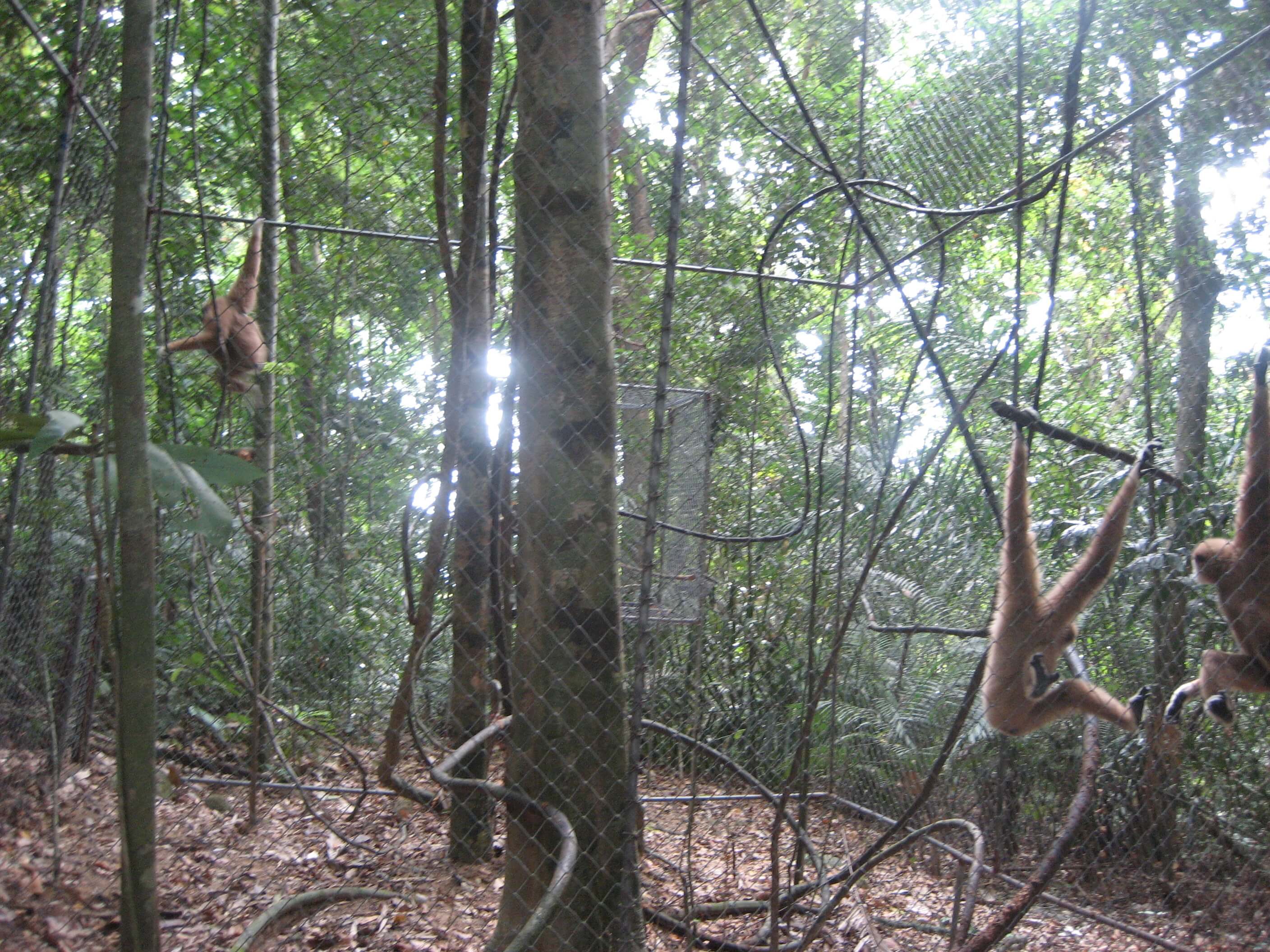
Training cage
Relaxation time
By the time we got back to our accommodation, we had a cold shower (no hot water available) and usually had a nap for a couple of hours.
We would then make ourselves dinner, watch a movie or just relax. We either cooked our own meals, cooked together in a group, or went out somewhere for dinner if the staff felt like driving us somewhere.
- Eating dinner all together
- Lounge area, crowded around the small TV
- Relaxing, playing games in the outdoor dining area
Once a week we were driven to the supermarket to get supplies for ourselves. There was also a fruit and vegetable market down the road every Tuesday and Saturday.
- The local market
- Best pancakes in town
- Trying new things at the market
- Food!
Renewing my visa
At the end of April my 90 day visa was expiring, so I organised with the project to do a visa run with a local company. It took five hours to get to Ranong where boats were leaving for Burma. My passport was checked at the Thai Immigration office before being taken to the pier and hopping onto a boat bound for Burma.
- On the boat ready to depart
- Kids driving a boat back and forth all day
Once on the long boat it took about an hour return journey. I was so shocked that the boat was being driven by a kid under 18 years of age. It turned out he was 15 and had only 5 years of schooling in Burma. His father died 5 years ago and his mother died in the tsunami, he now lives on the streets and works where he can. I just couldn’t relate to this kids situation, yet he seemed so happy and full of life.
- One of the kids on the boat with me
- View from the boat heading to Burma
During the boat journey we stopped at a small hut on stilts in the water and I was asked to pass over my passport. Instantly I had hundreds of bad thoughts circling my mind. Alone on the water, with no identification. I was more than reluctant to pass it over, but I had no choice. Thankfully I got it back and we continued on.
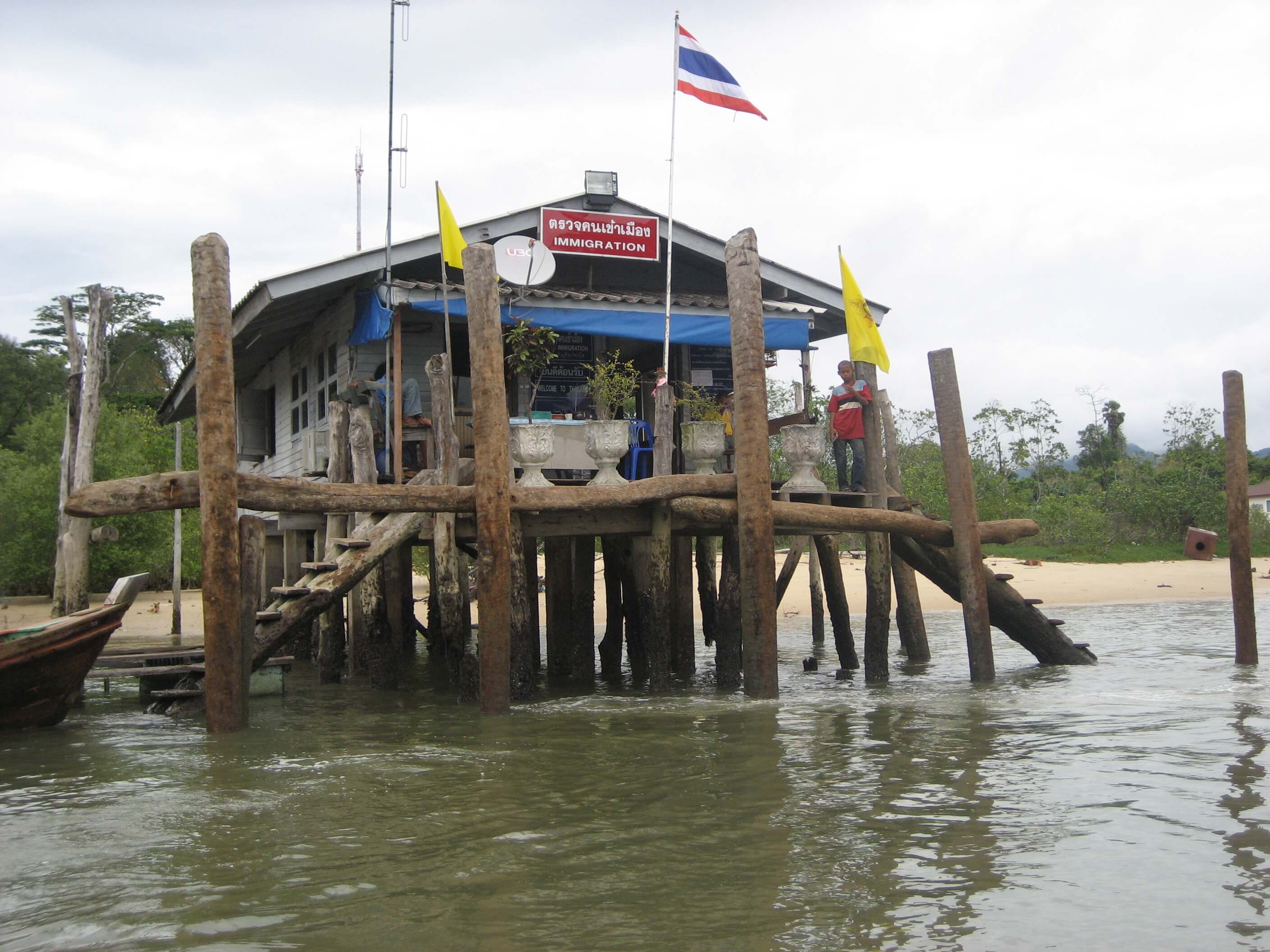
Where my passport was taken for no apparent reason
When we arrived in Burma I joined a line to enter the immigration office, got my passport stamped and left just as quickly back onto the boat. The poverty and difference between Burma and Thailand was astounding. Two countries so close, yet so different.
We arrived back in Ranong and I was driven to the Thai immigration office, given another stamp and then taken to the bus stop. I arrived back at GRP around 8pm after a long, tiring, yet eye opening day.
Fundraising event
One of my days off, I spent the day with staff members at a fundraising and awareness event for local projects. Team GRP took part in a boat race. The event was held in Thai, but the weather was beautiful and the atmosphere was energetic.
- Start of the race
- During the race
- Some of the staff I went along to support
Coming to an end
At the end of May my time at the project was coming to an end. However, I wasn’t ready to say goodbye to the staff, the gibbons and the friends I had made. I decided to stay a little longer.
The main reason I wanted to stay longer was because there was a gibbon family ready to be released. After all the time I had spent at the project, I just knew I had to be a part of the whole experience.
Thanks for reading!
To find out more about the gibbon release into the wild, read my next post.
Please leave a comment about anything you read, or if need any advice. I would love to hear from you.
You can join my community on Instagram and Facebook to keep up to date with what I’m up to around the world! xx
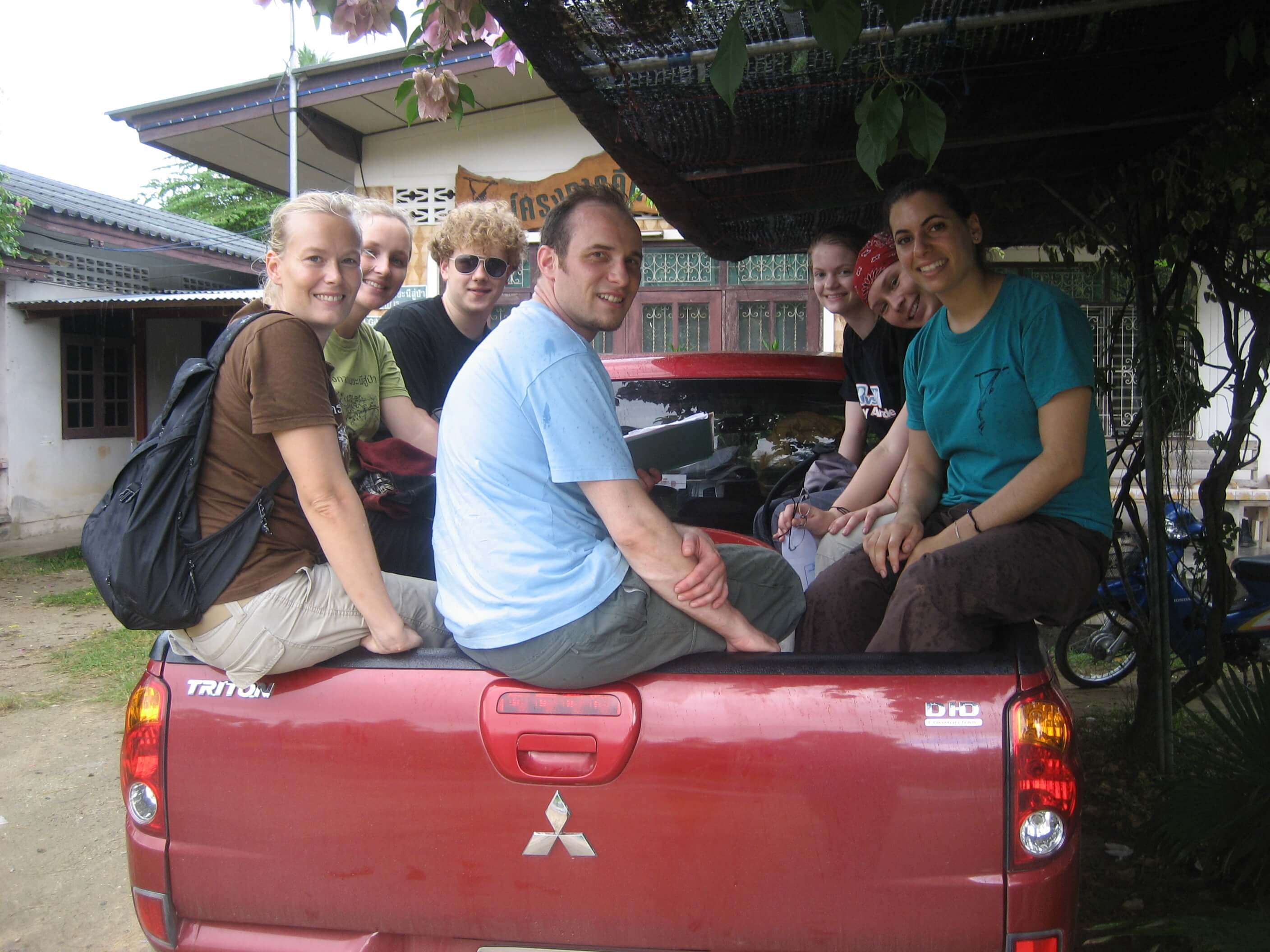
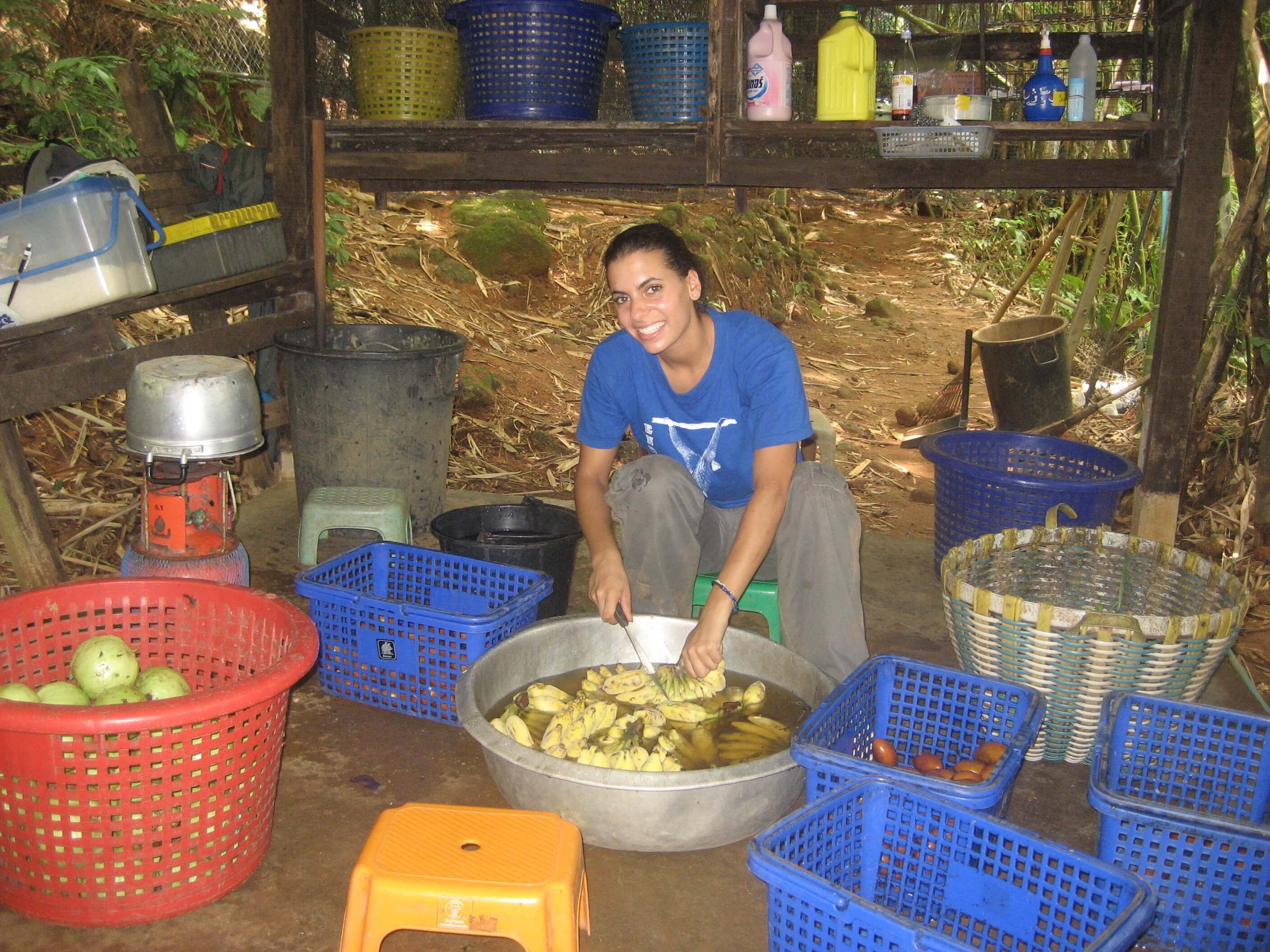
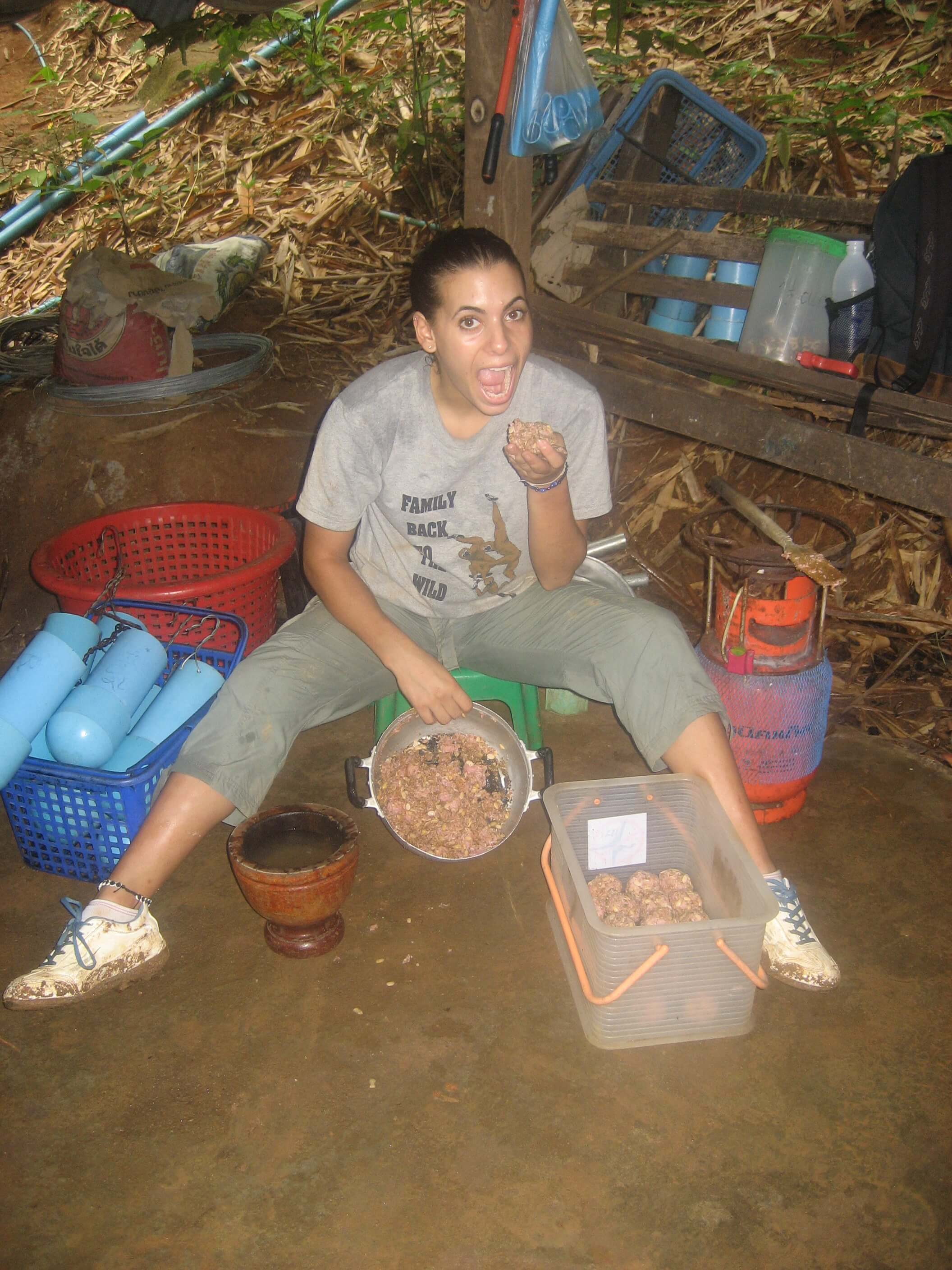
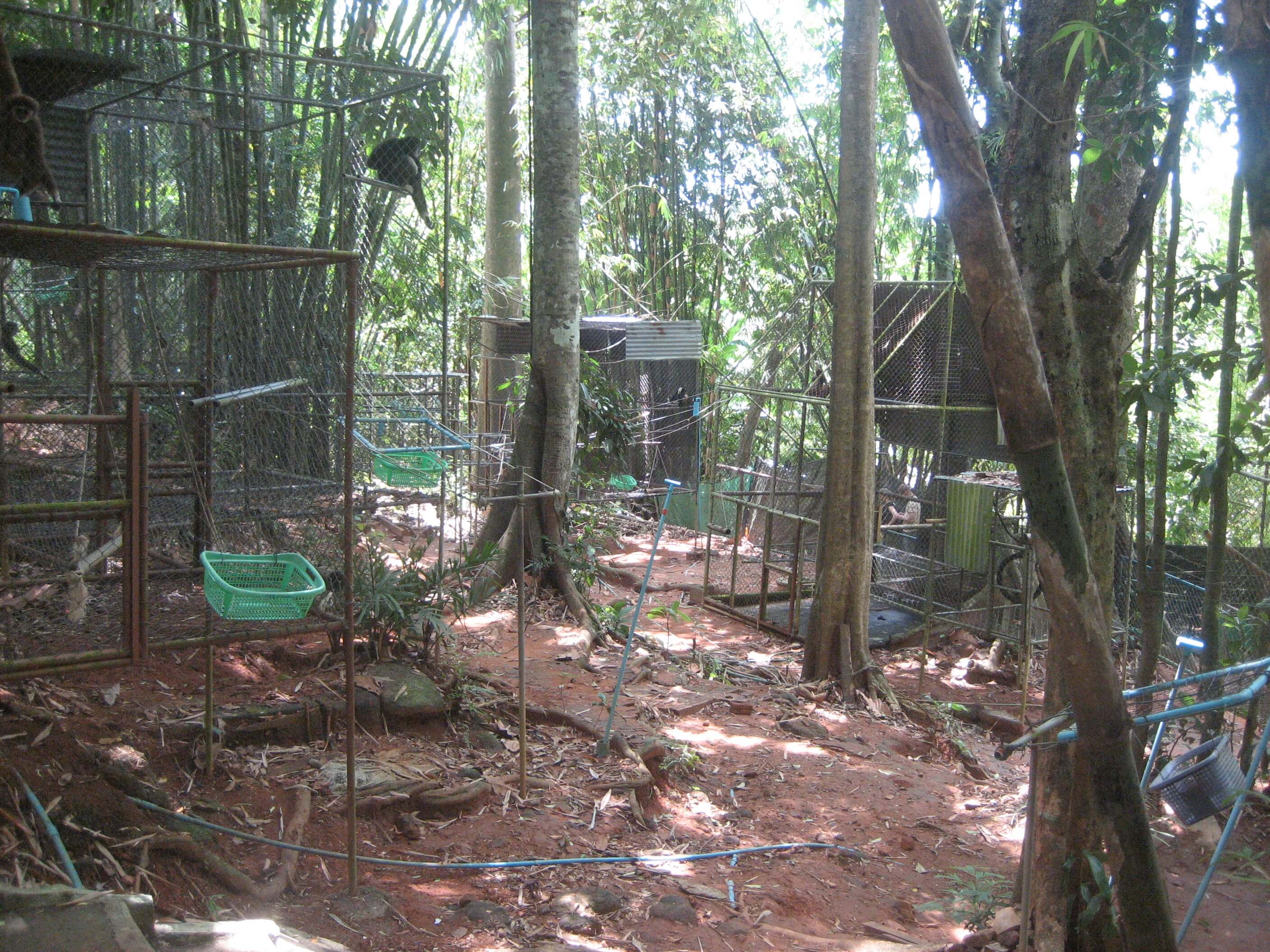
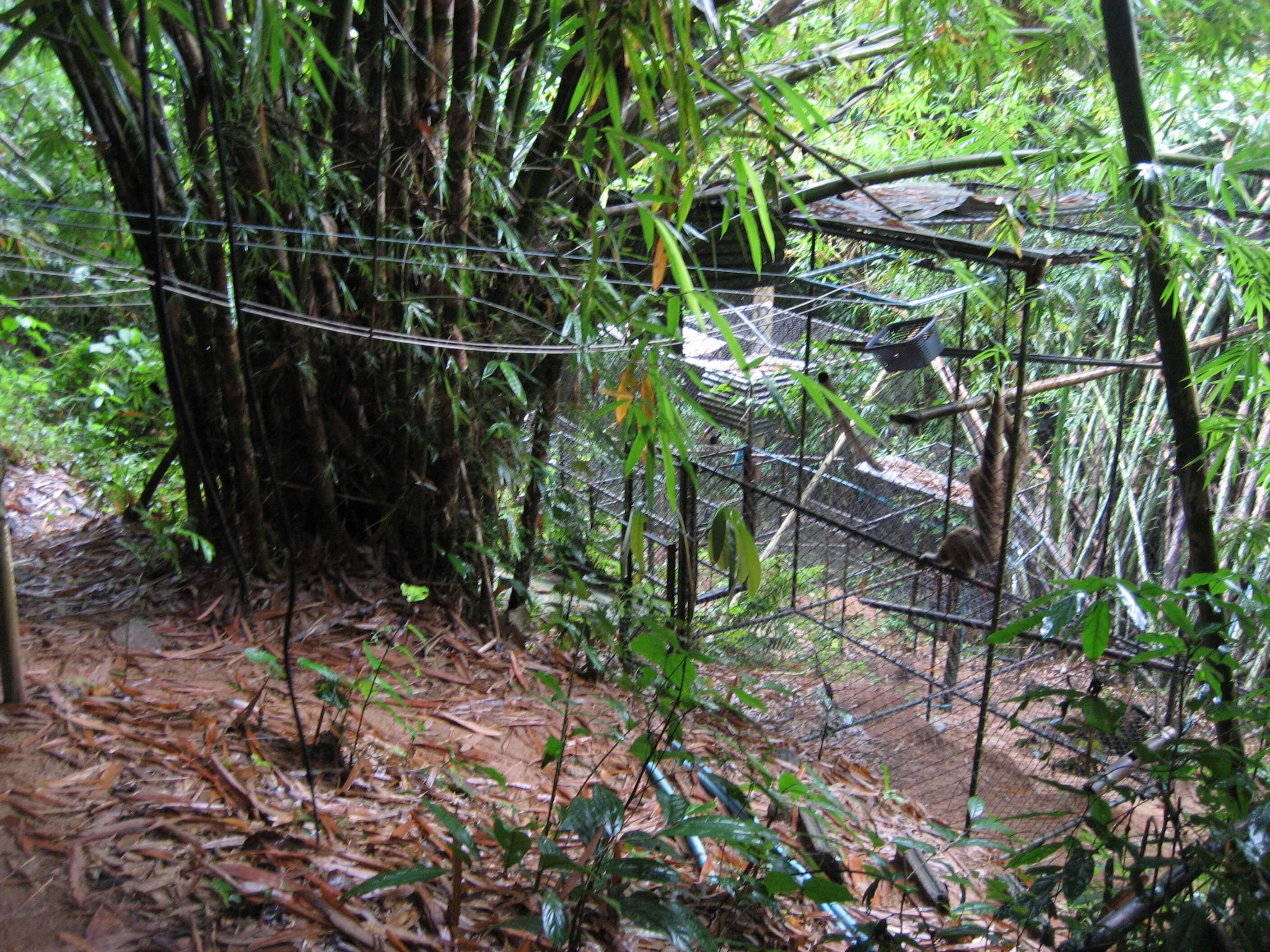
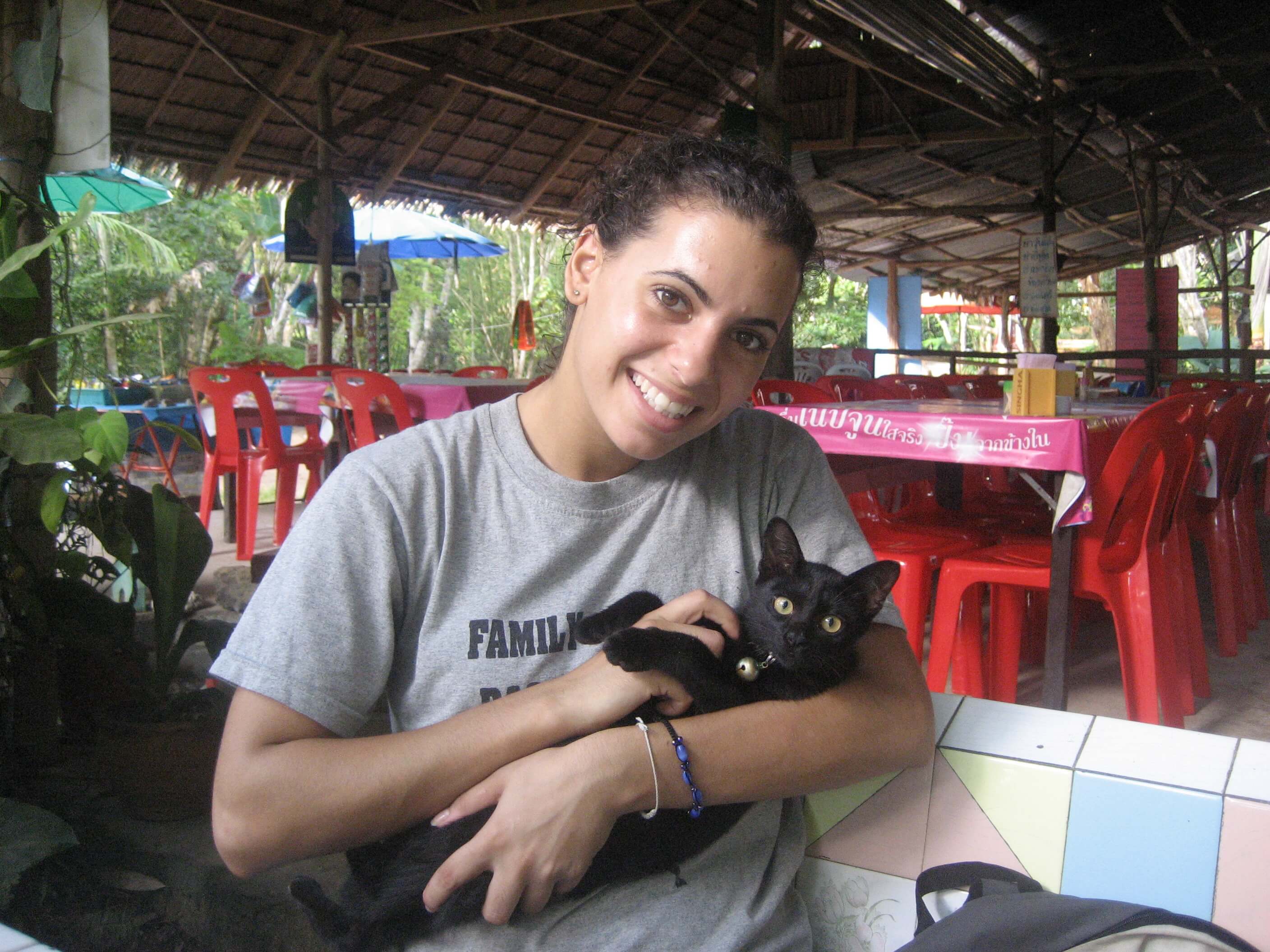
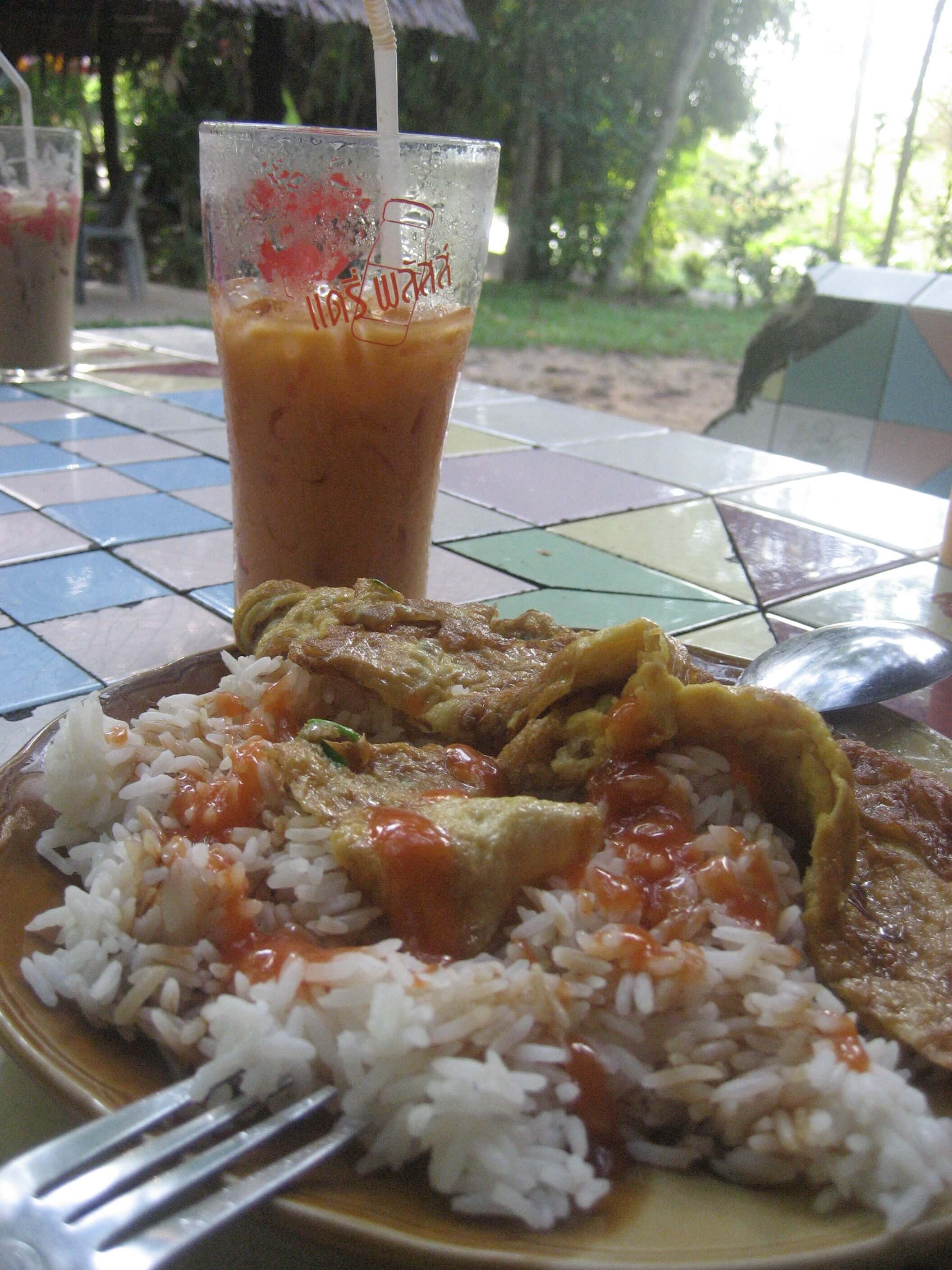
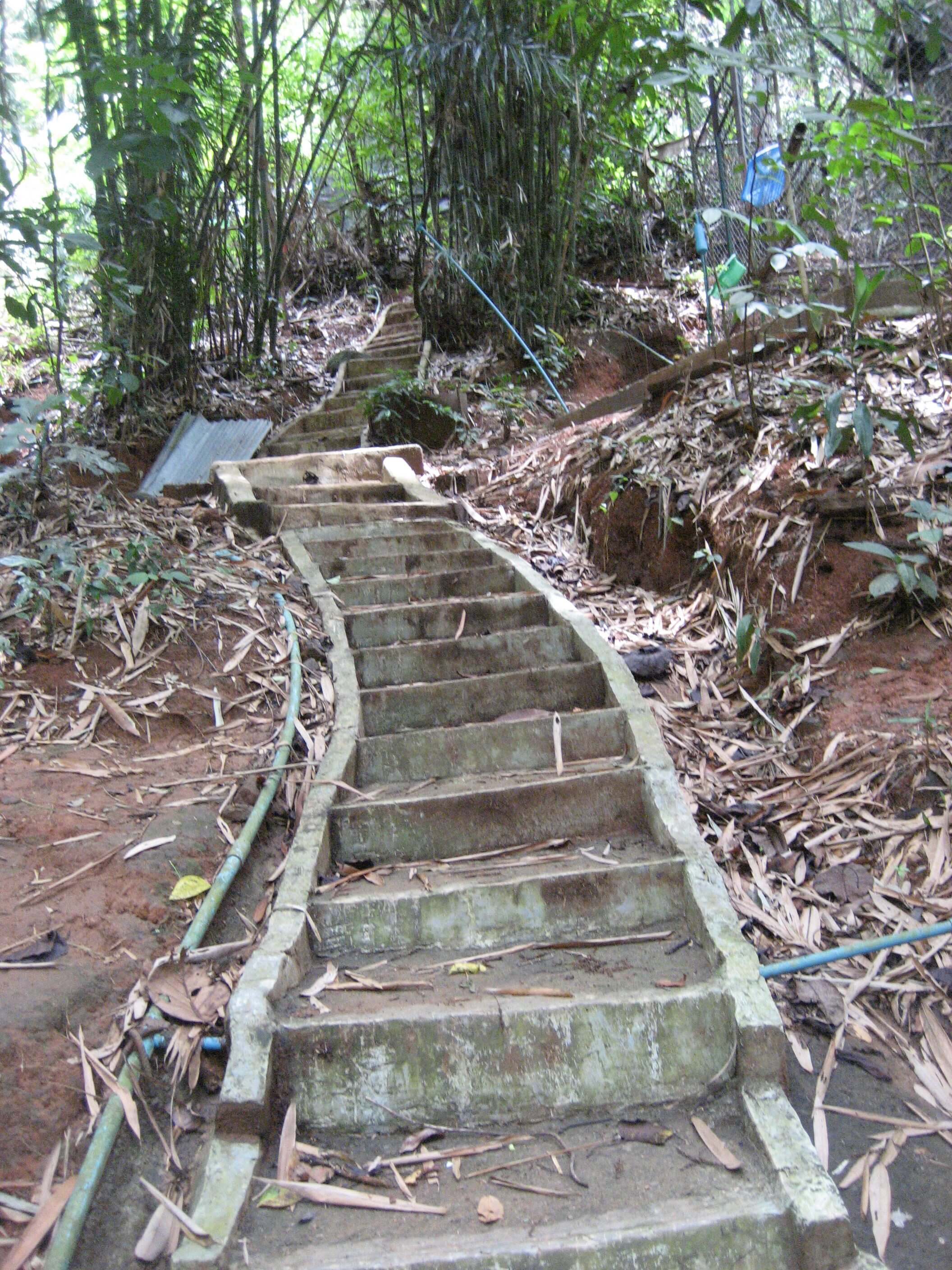
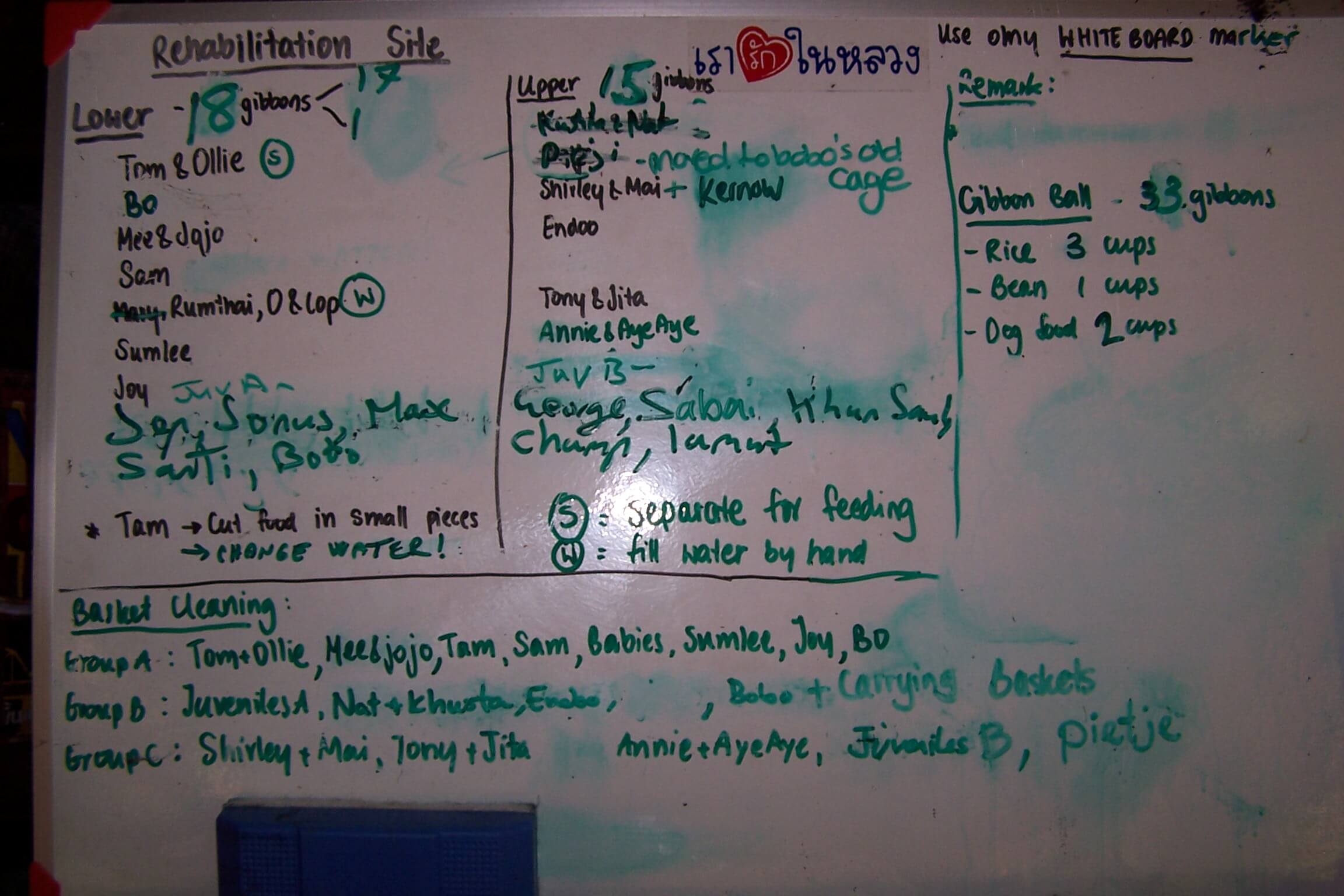
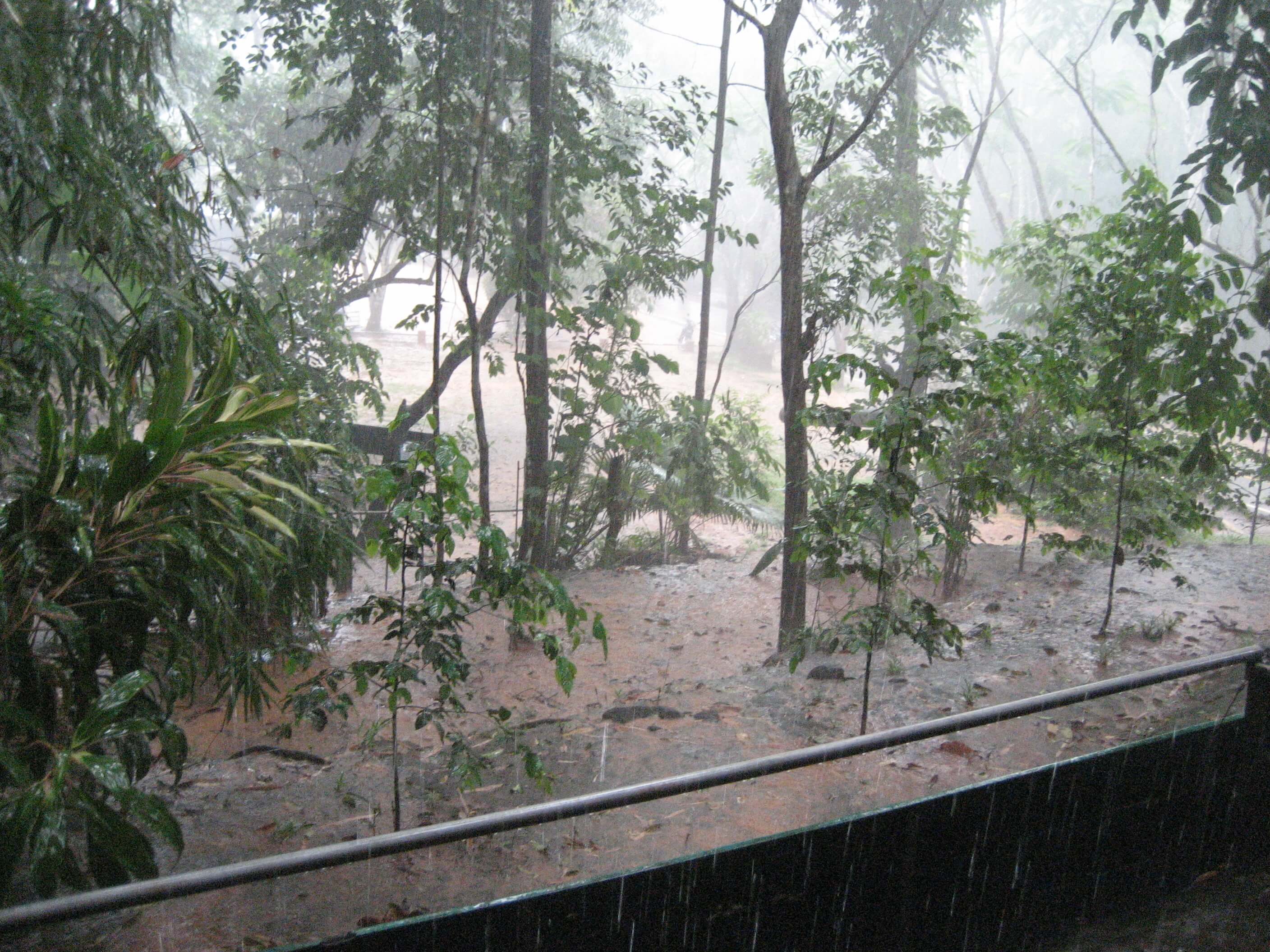
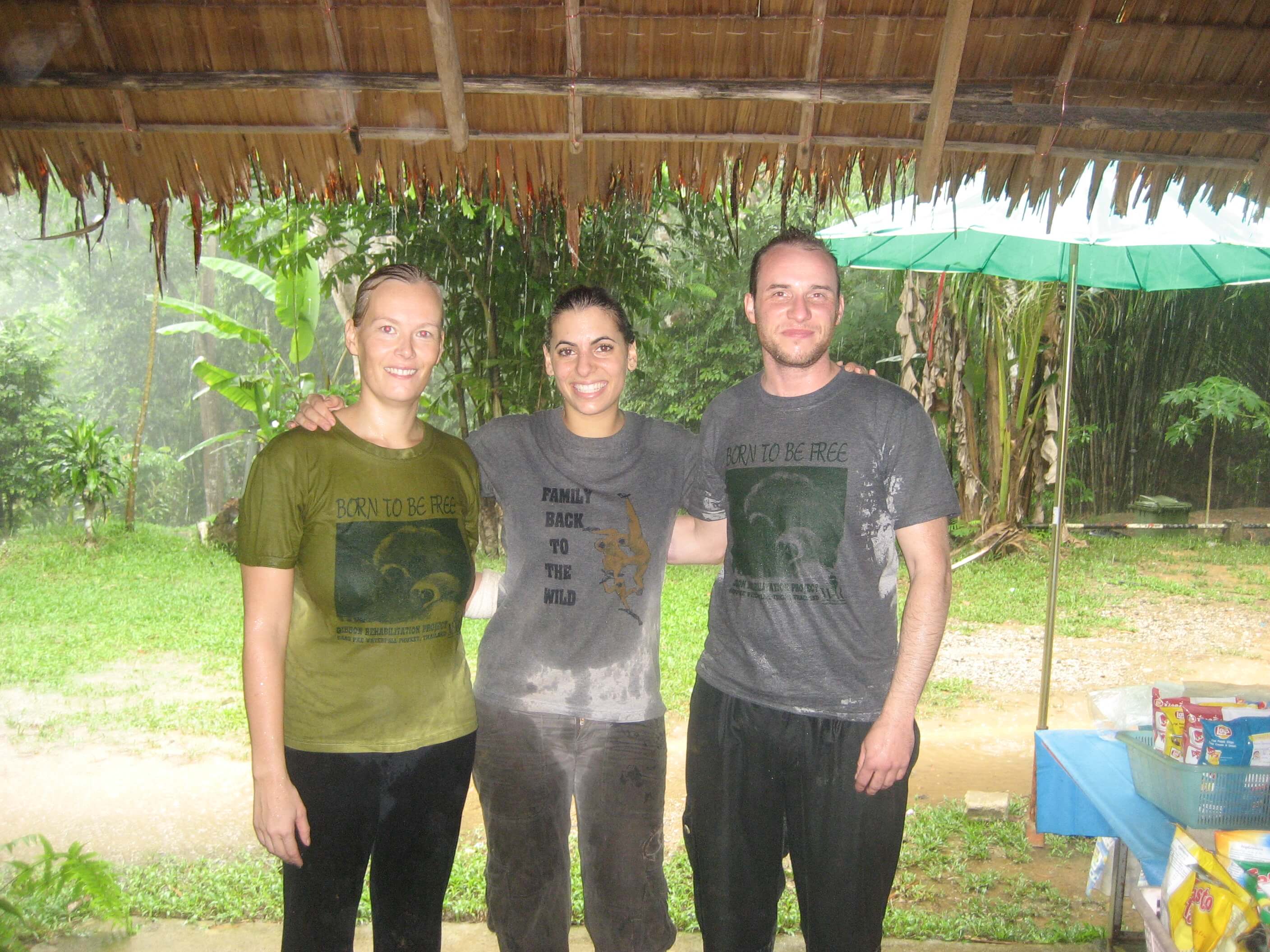
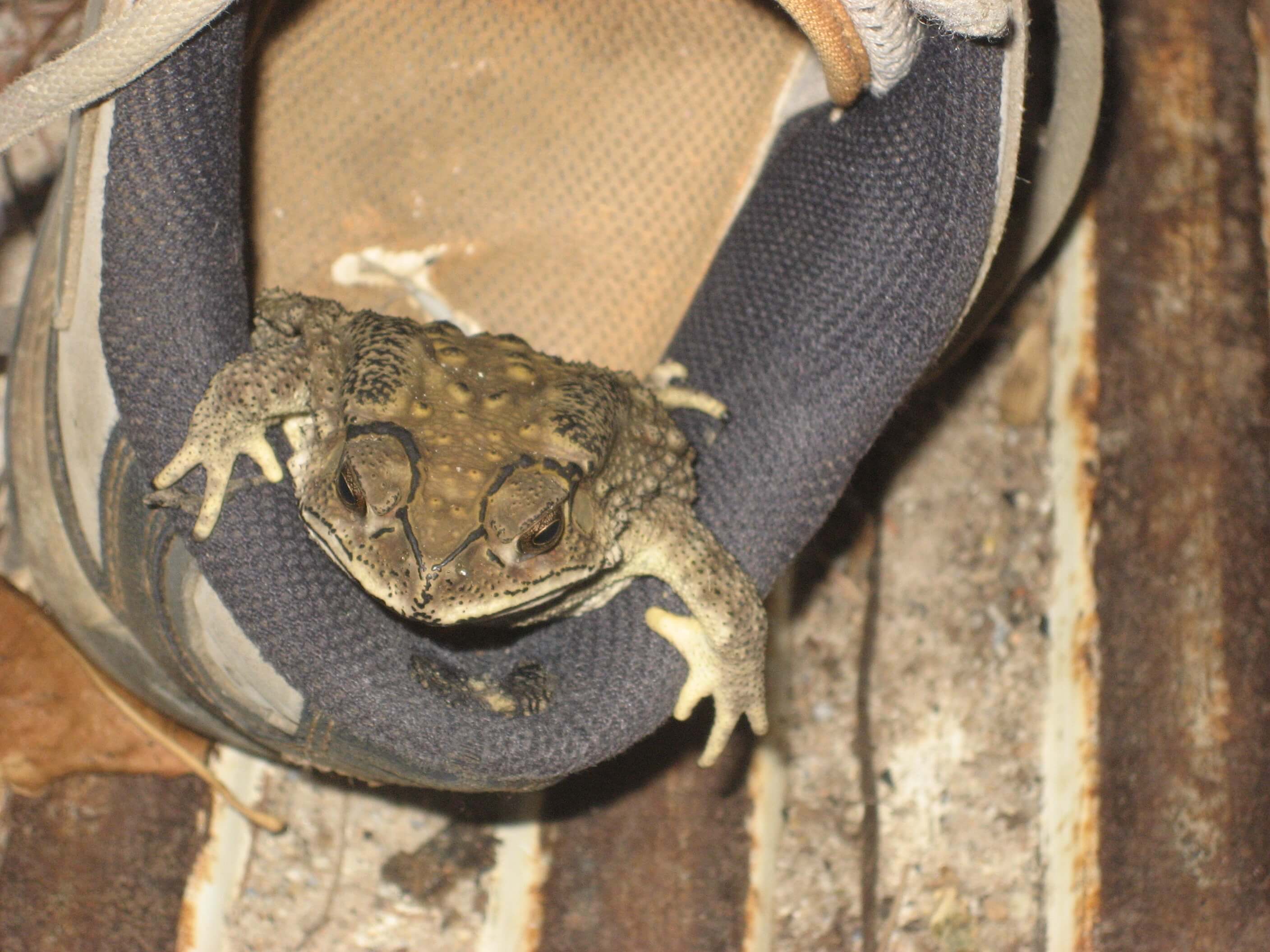
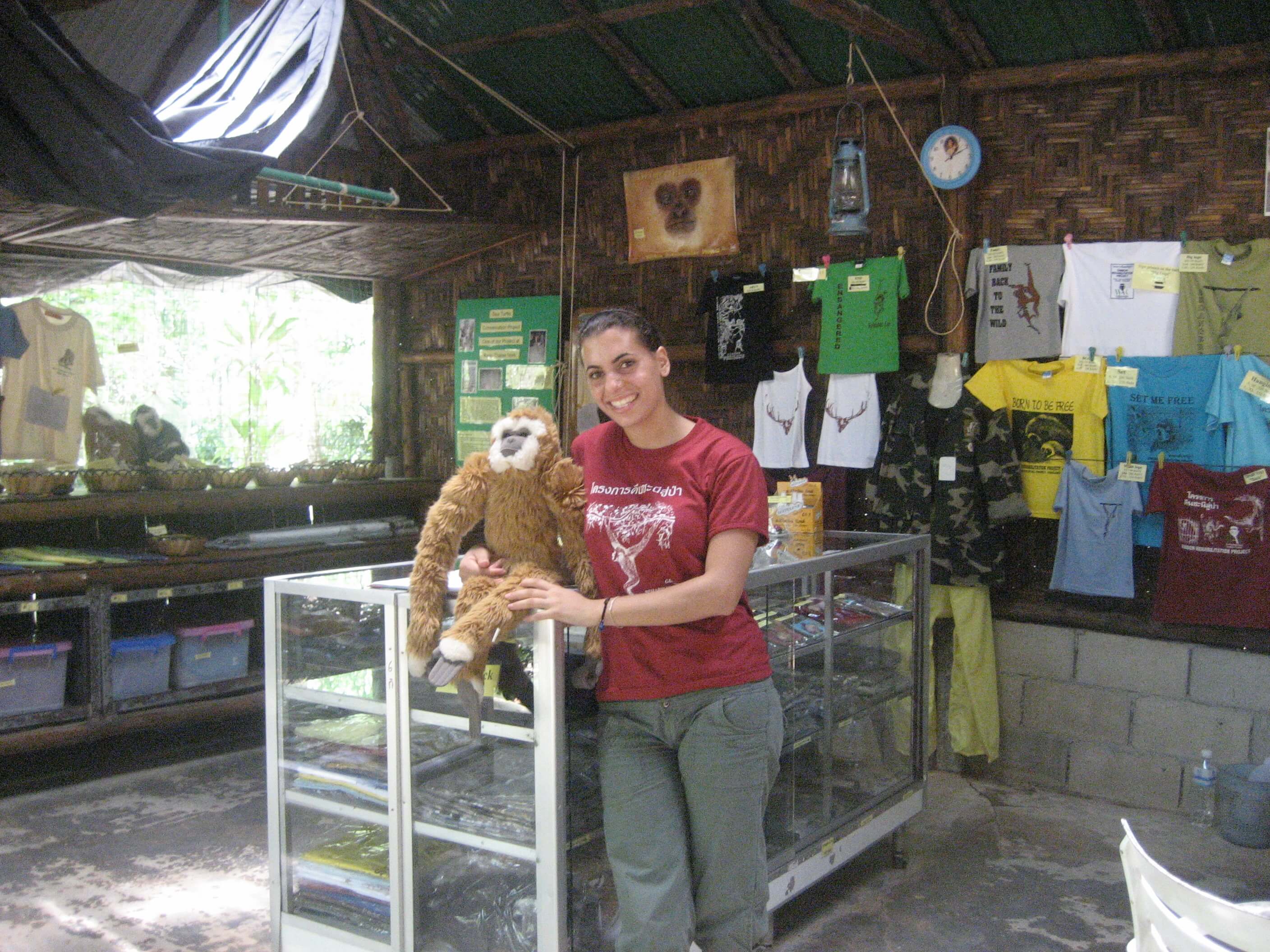
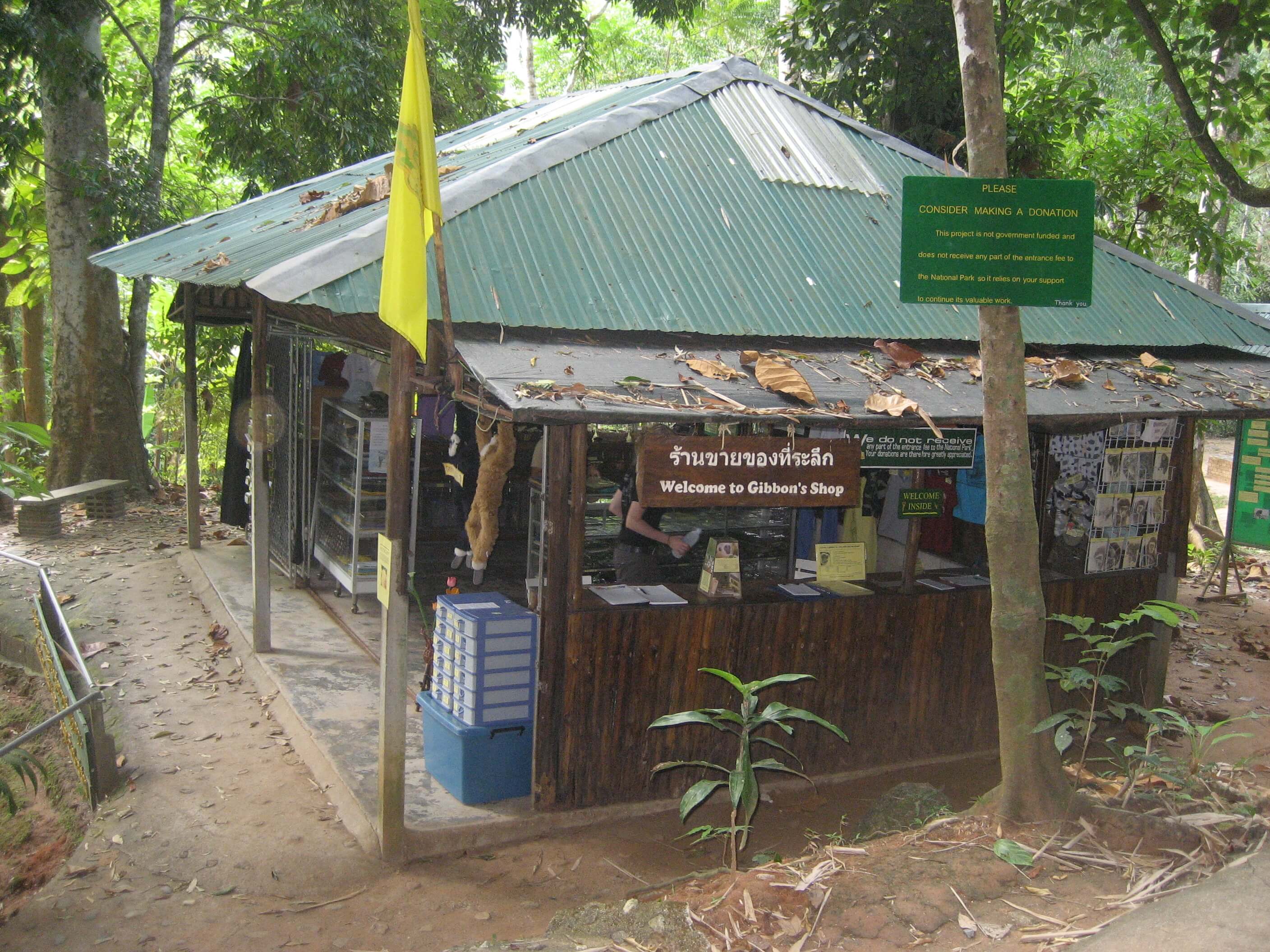
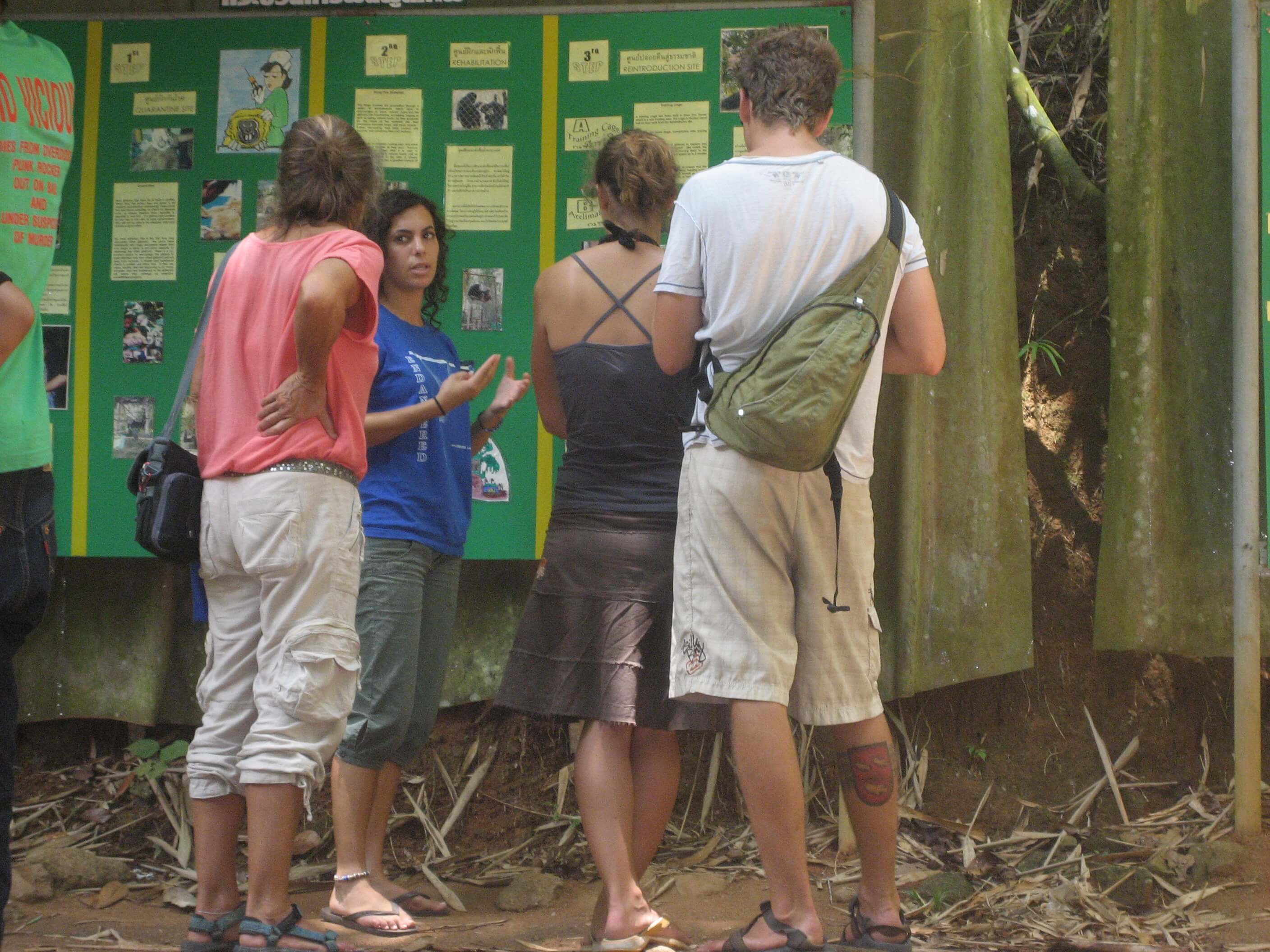
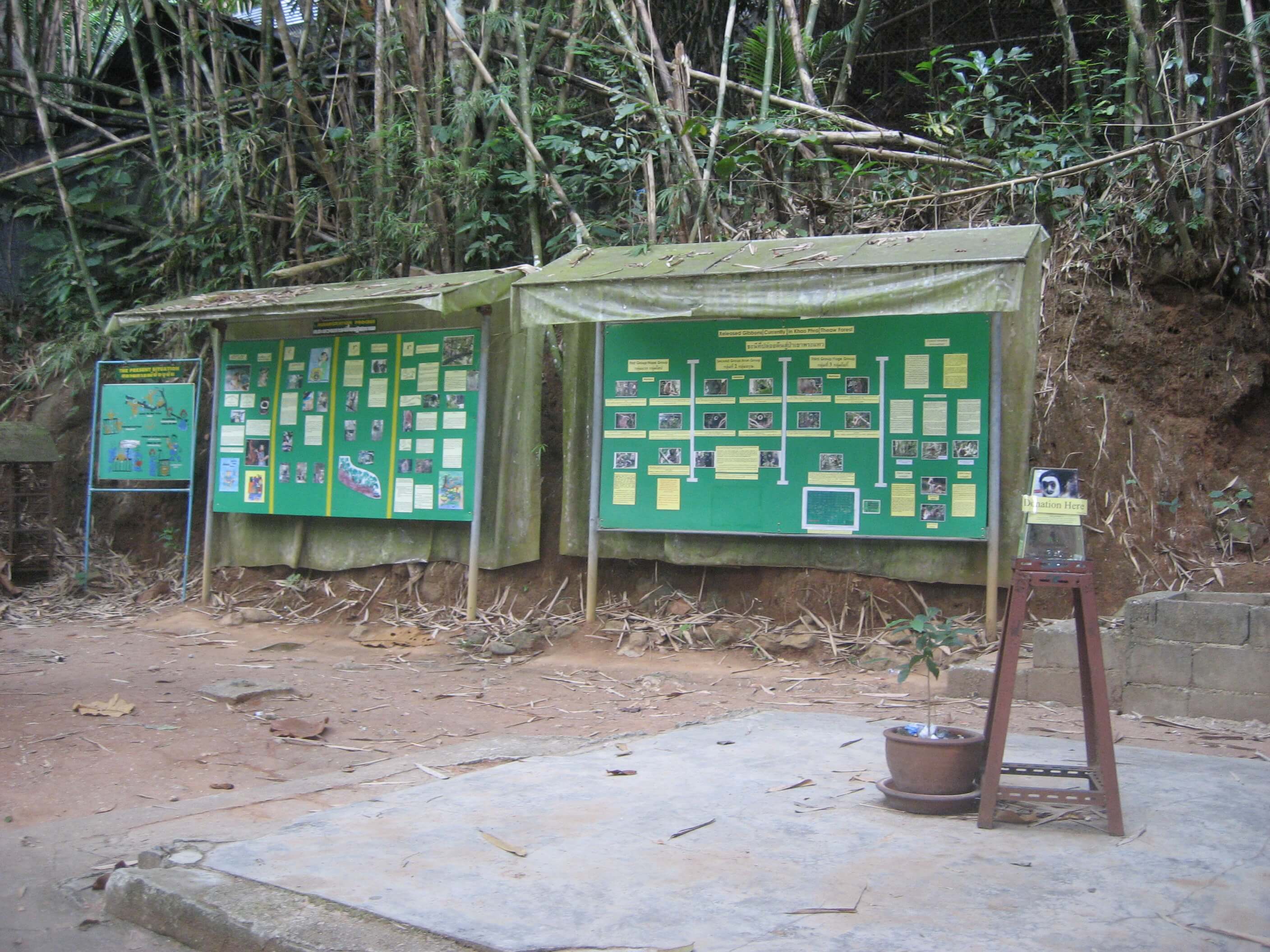
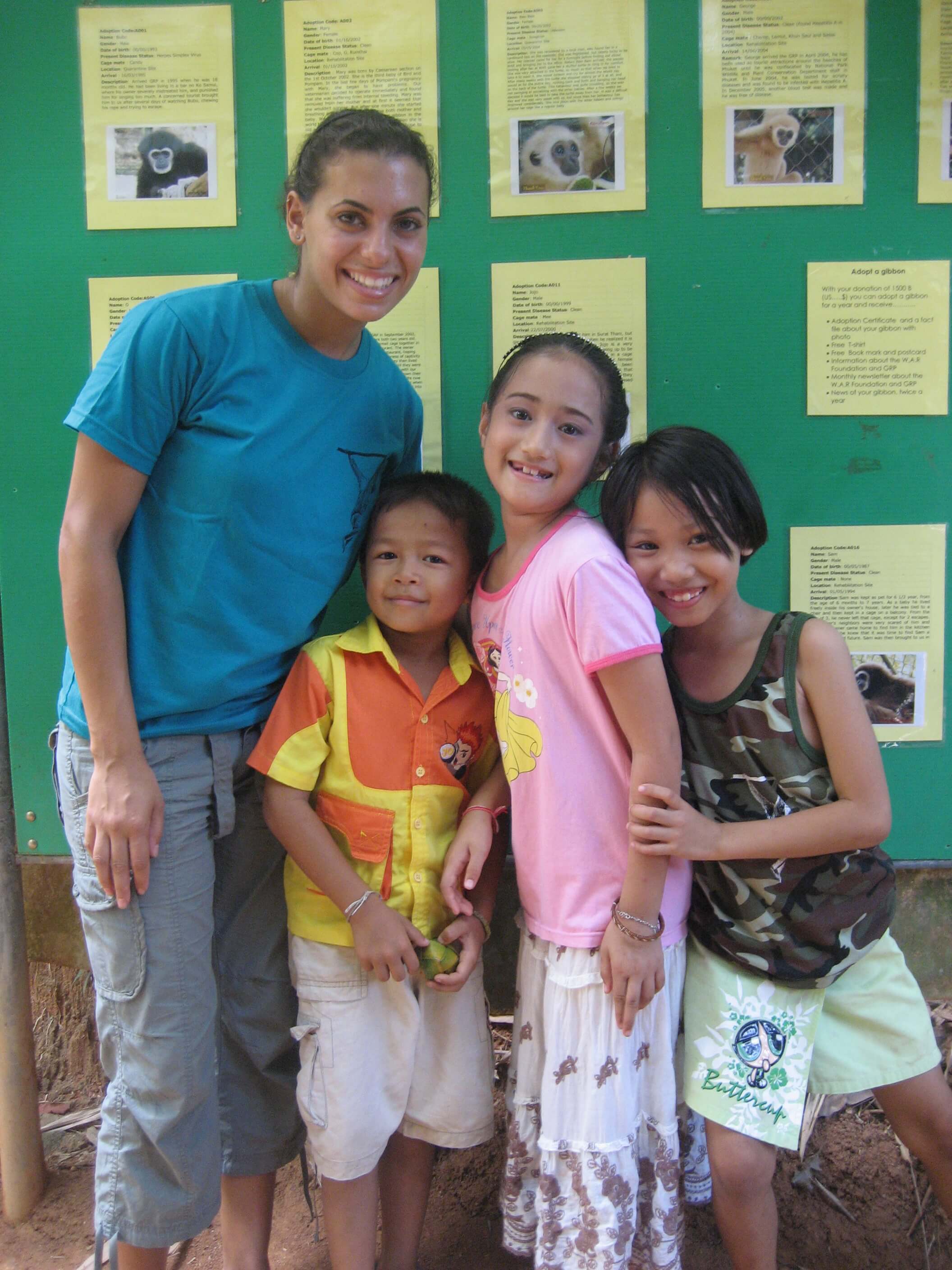
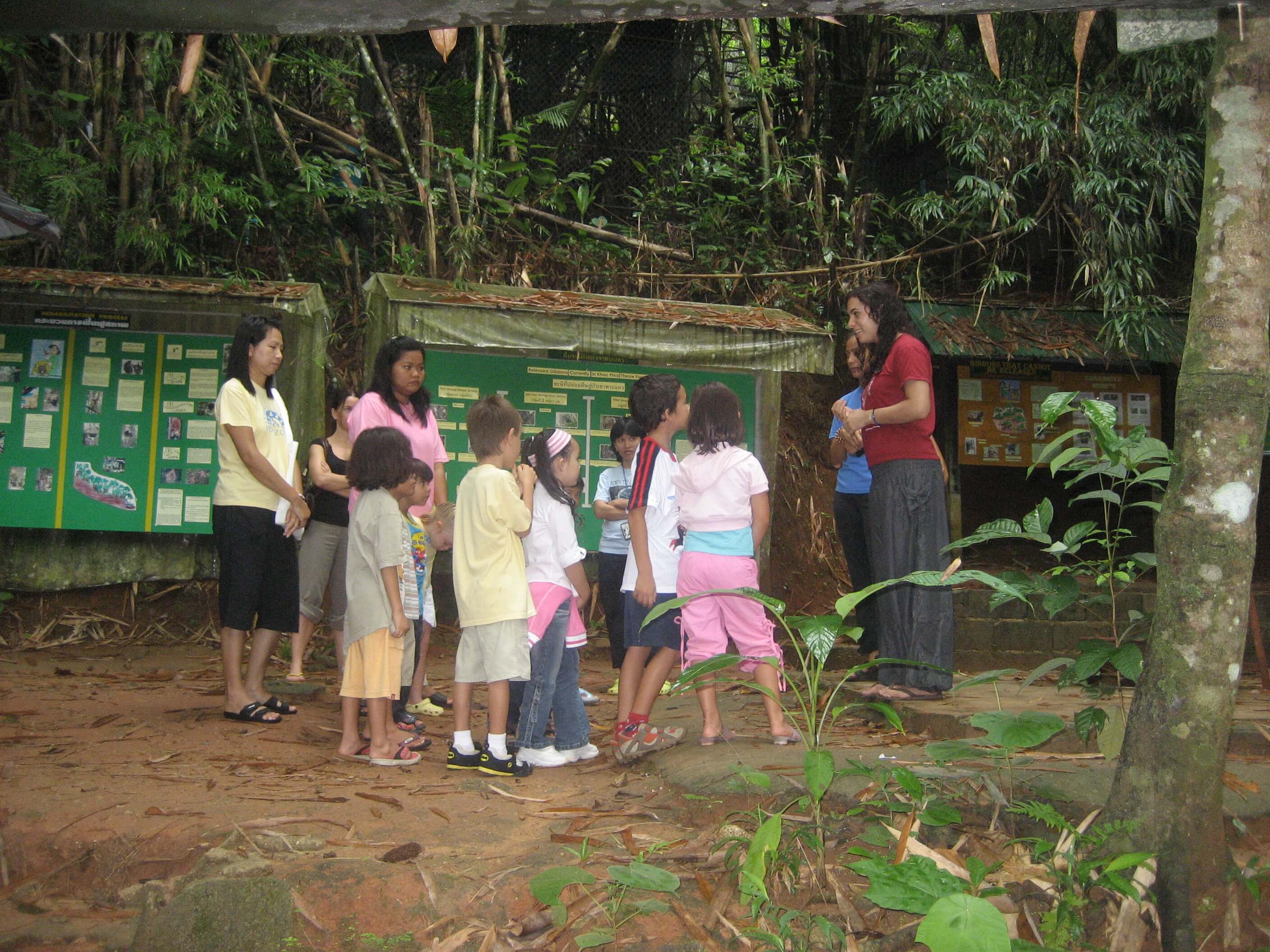
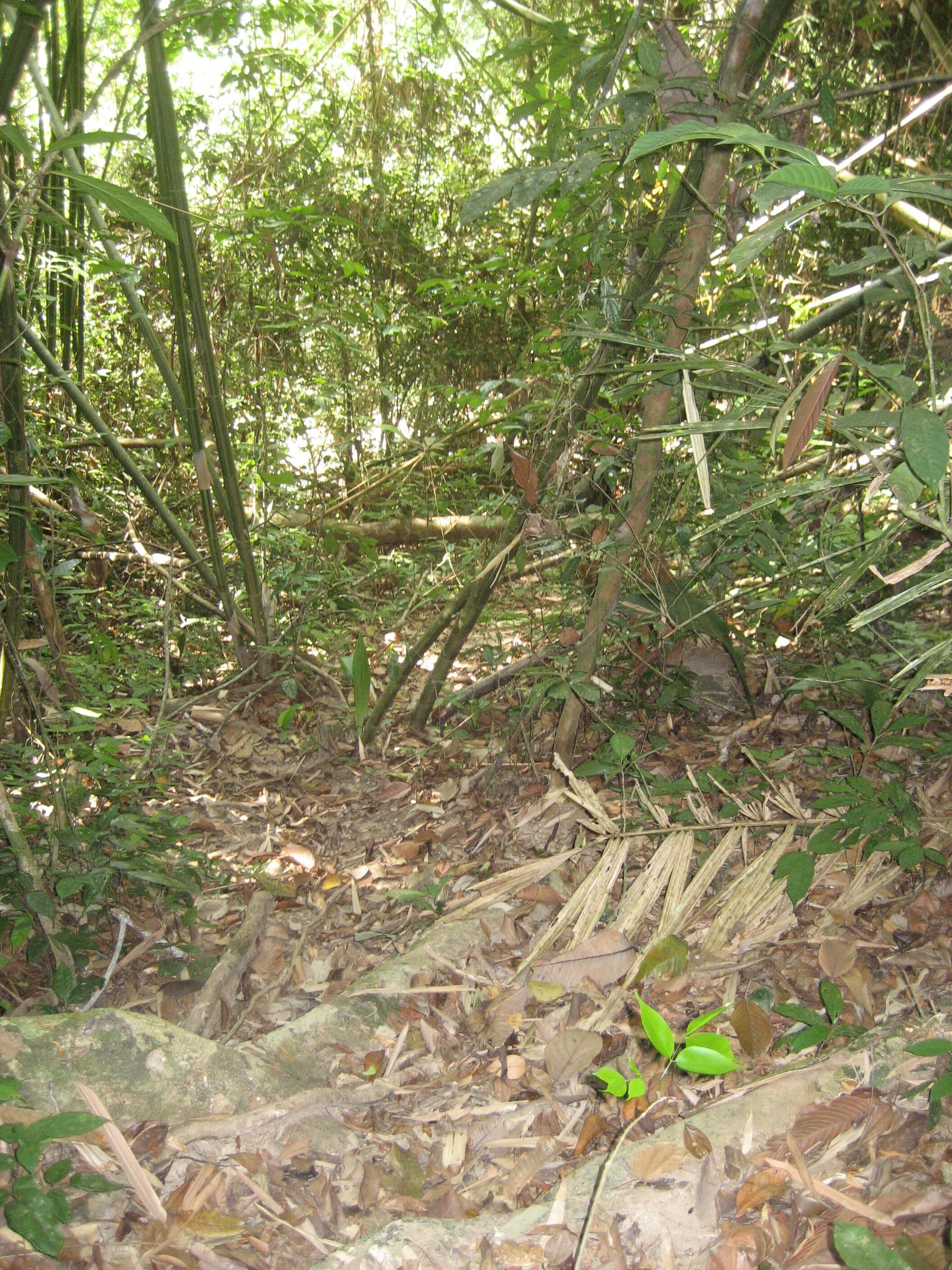
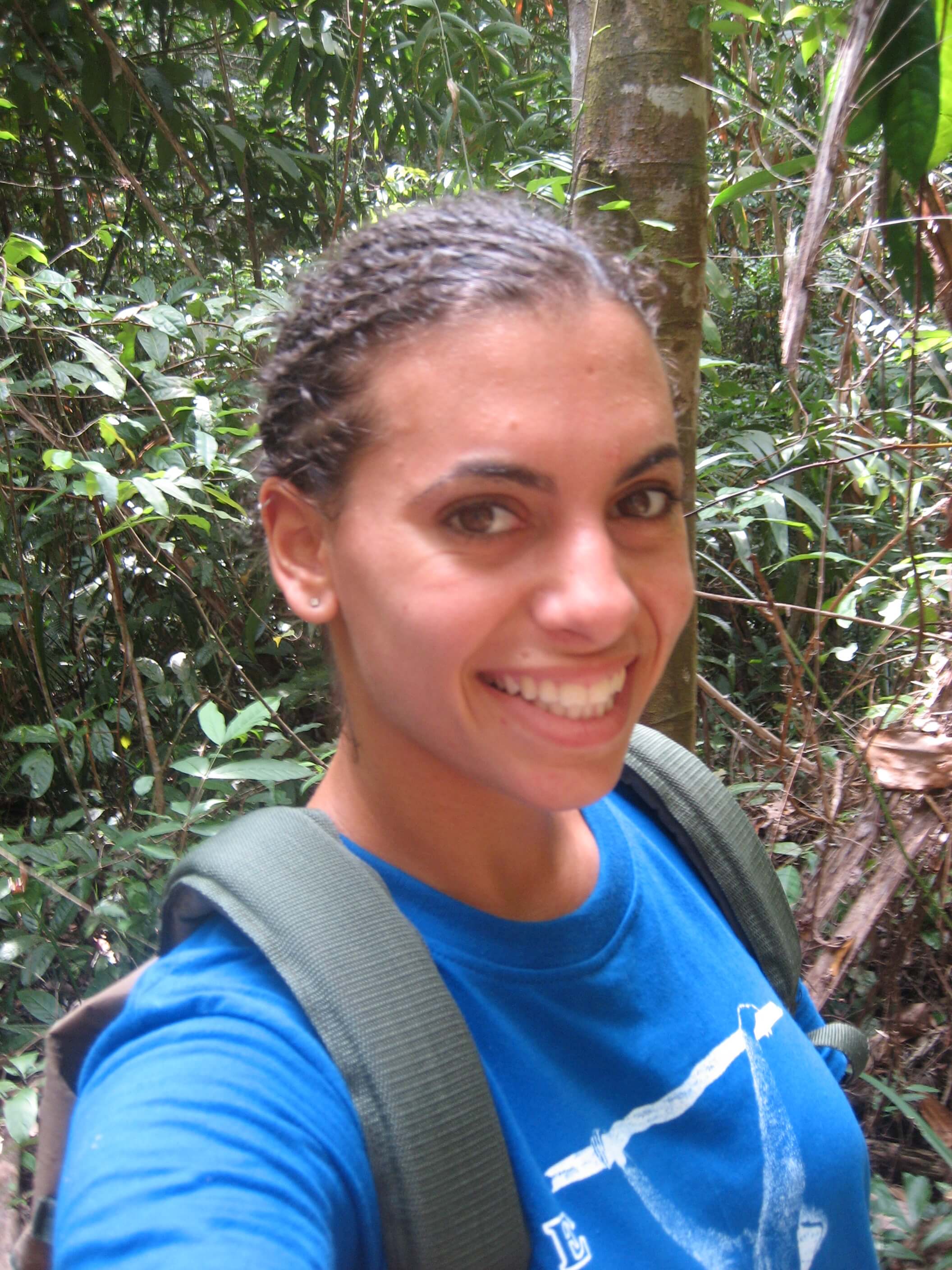
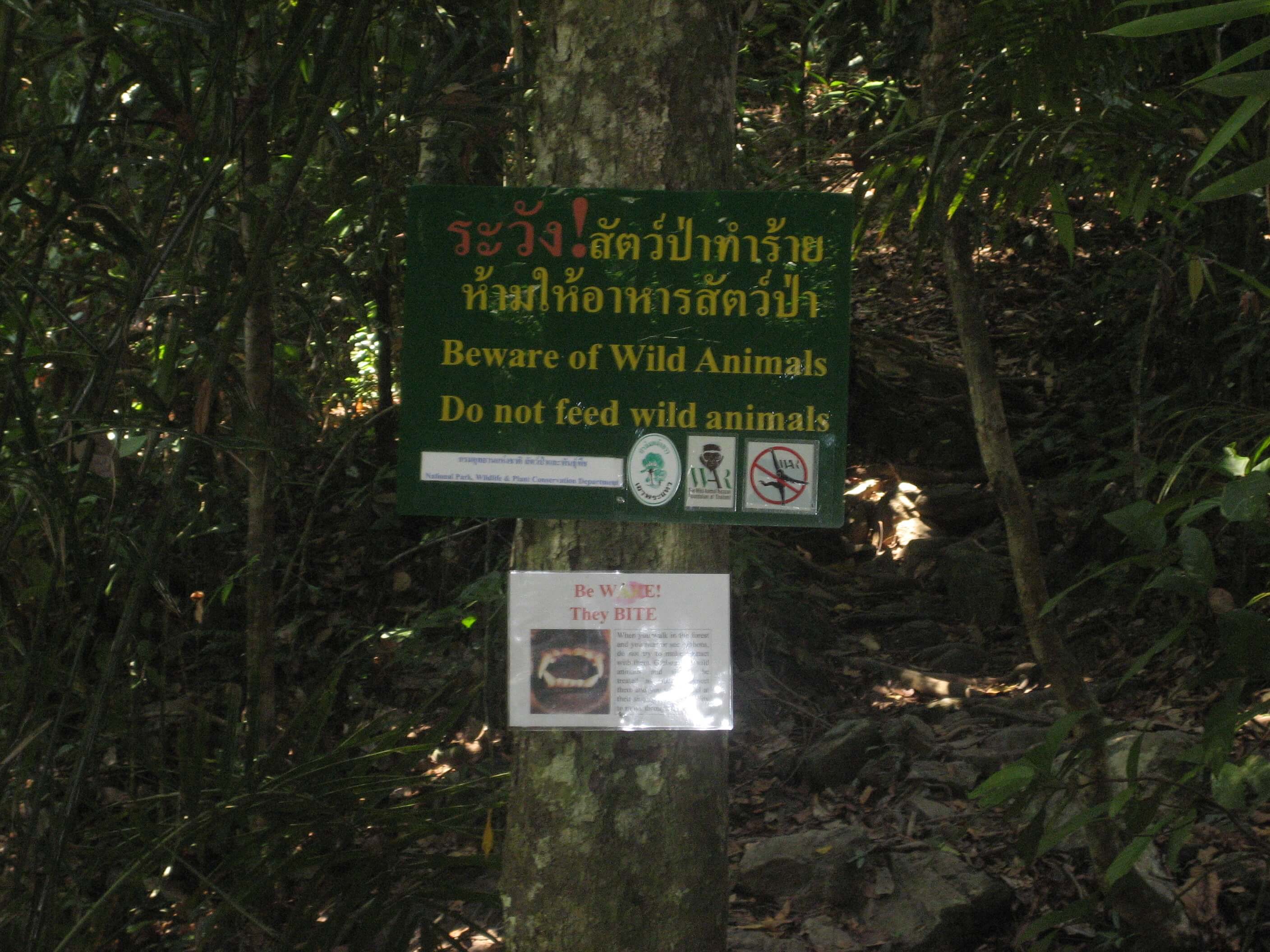
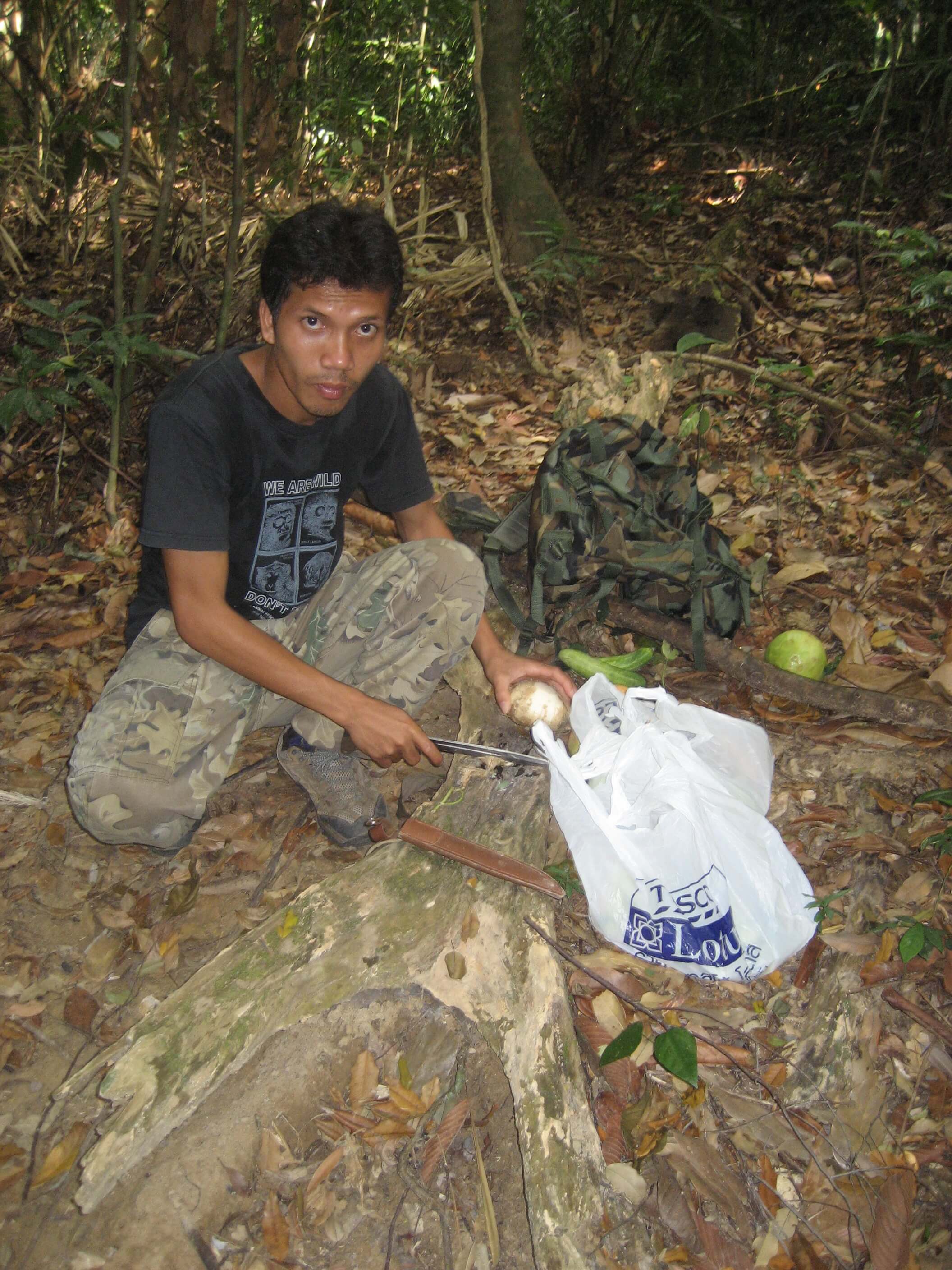
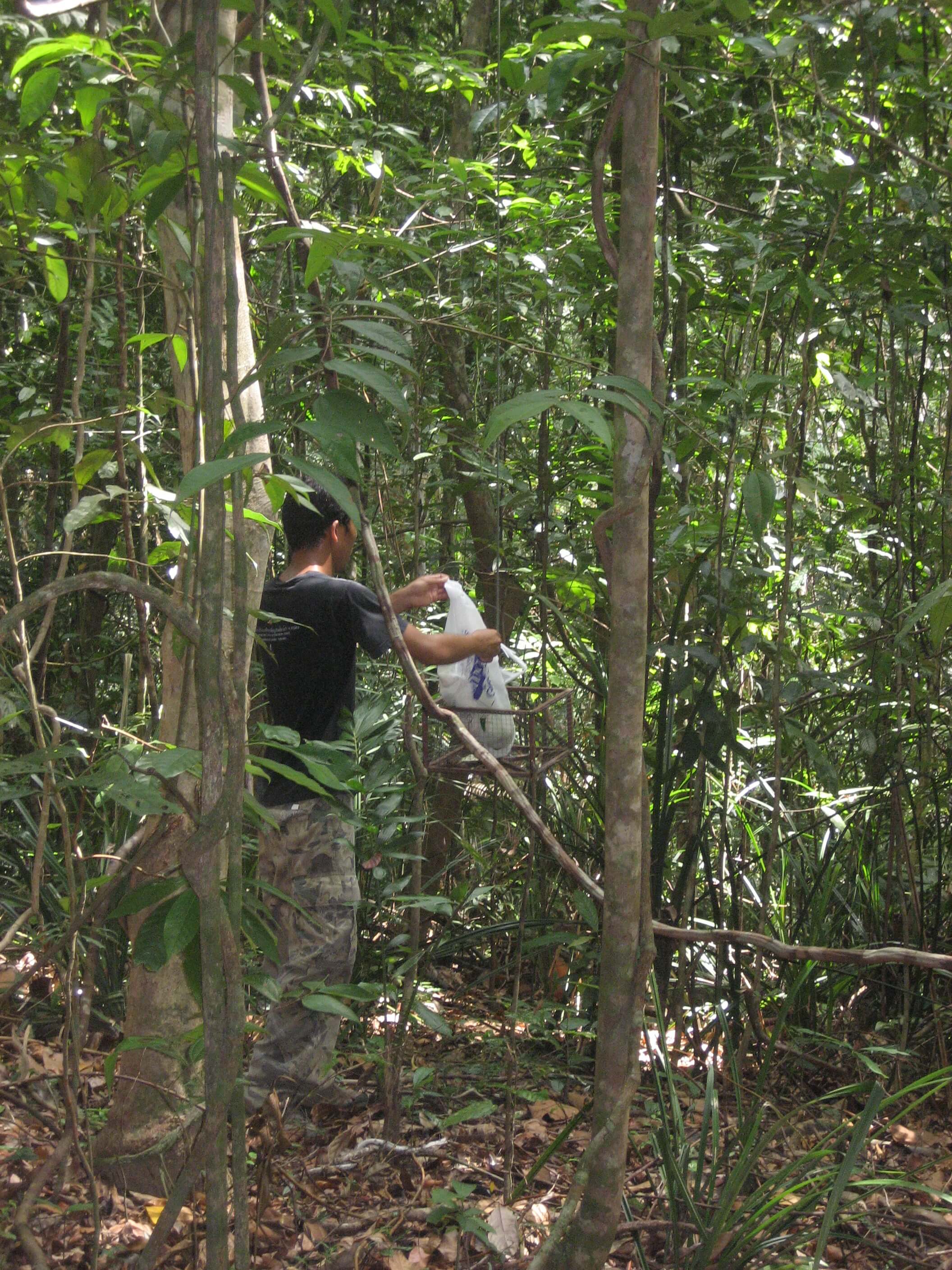
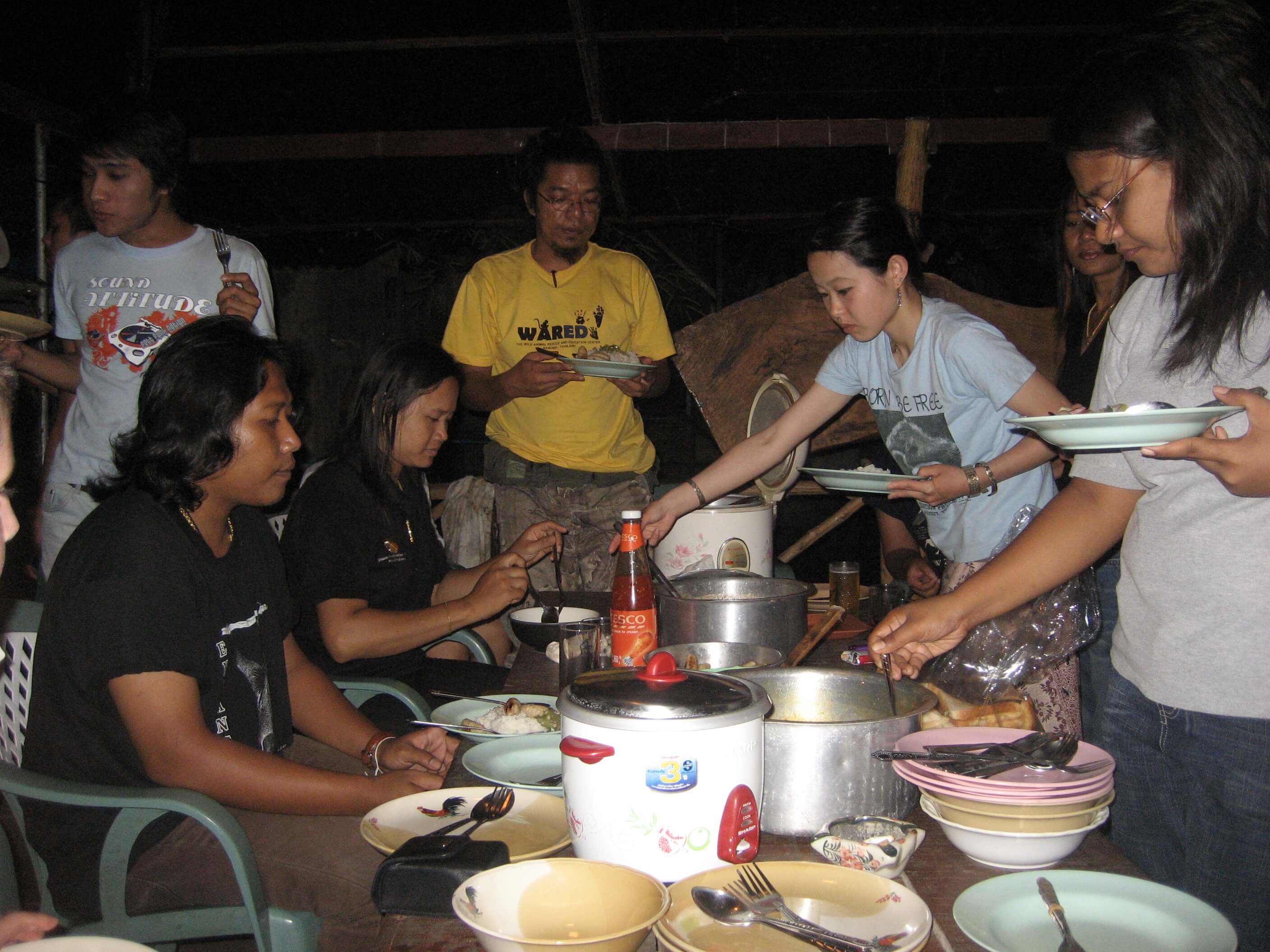
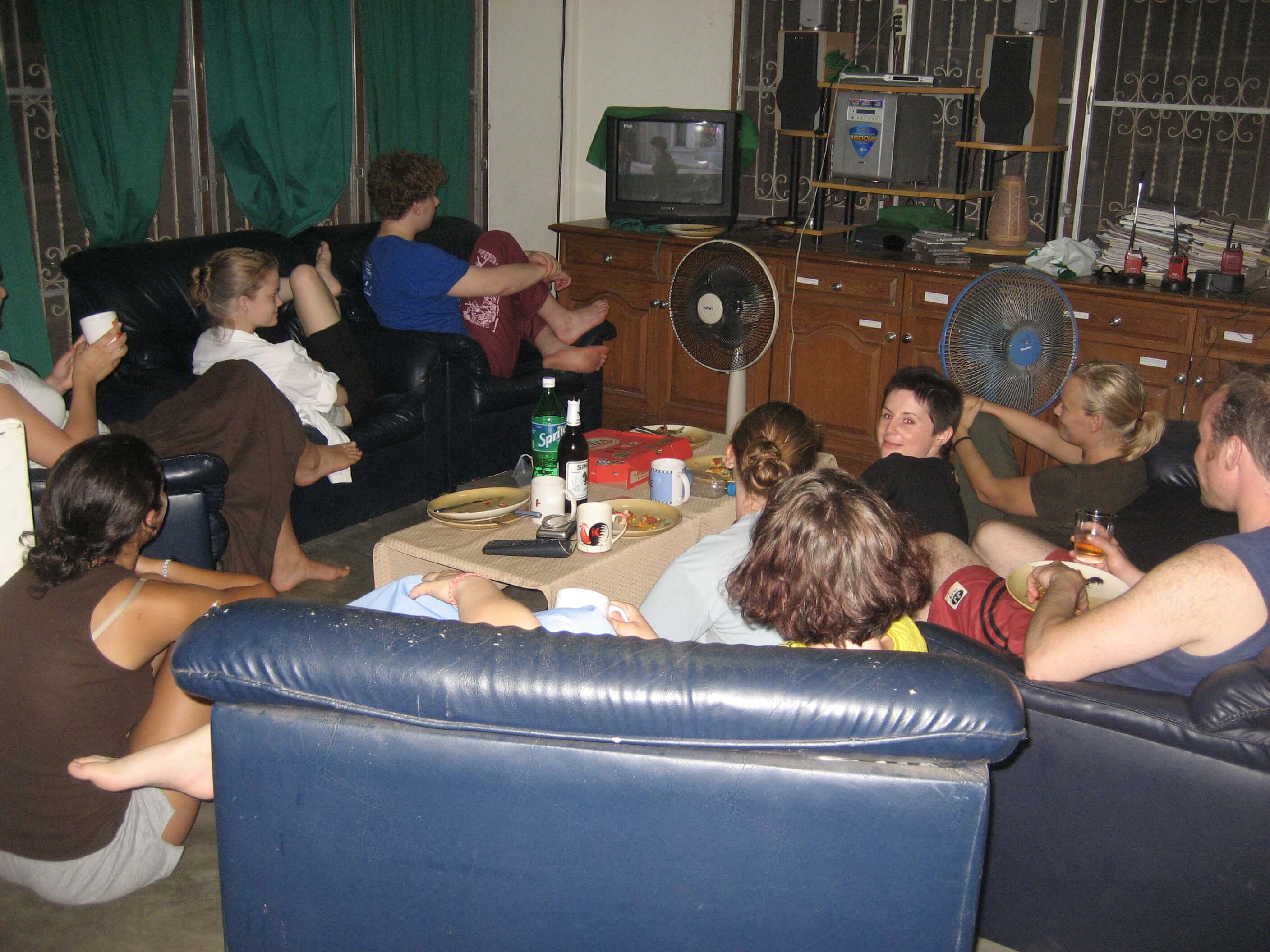
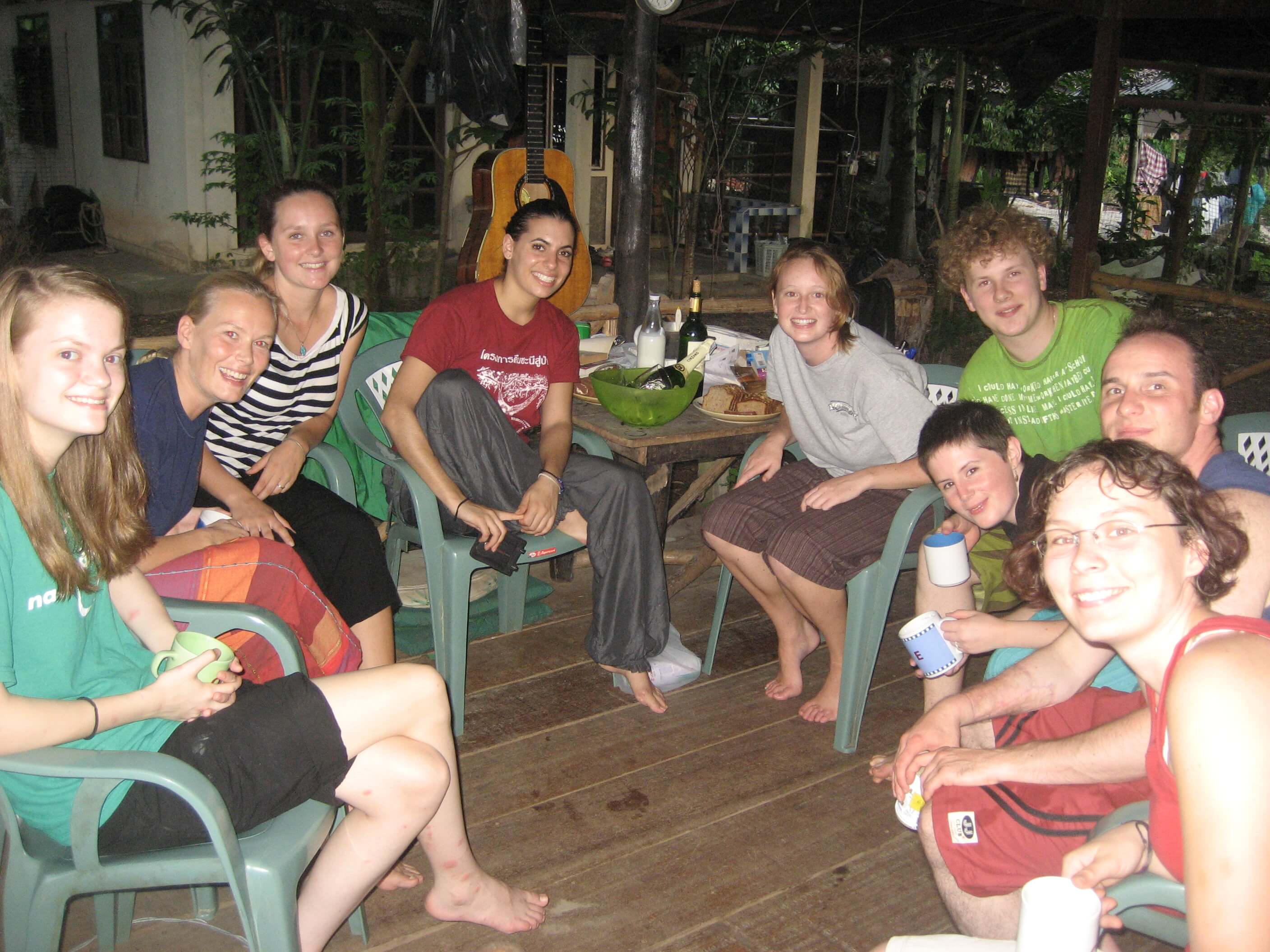
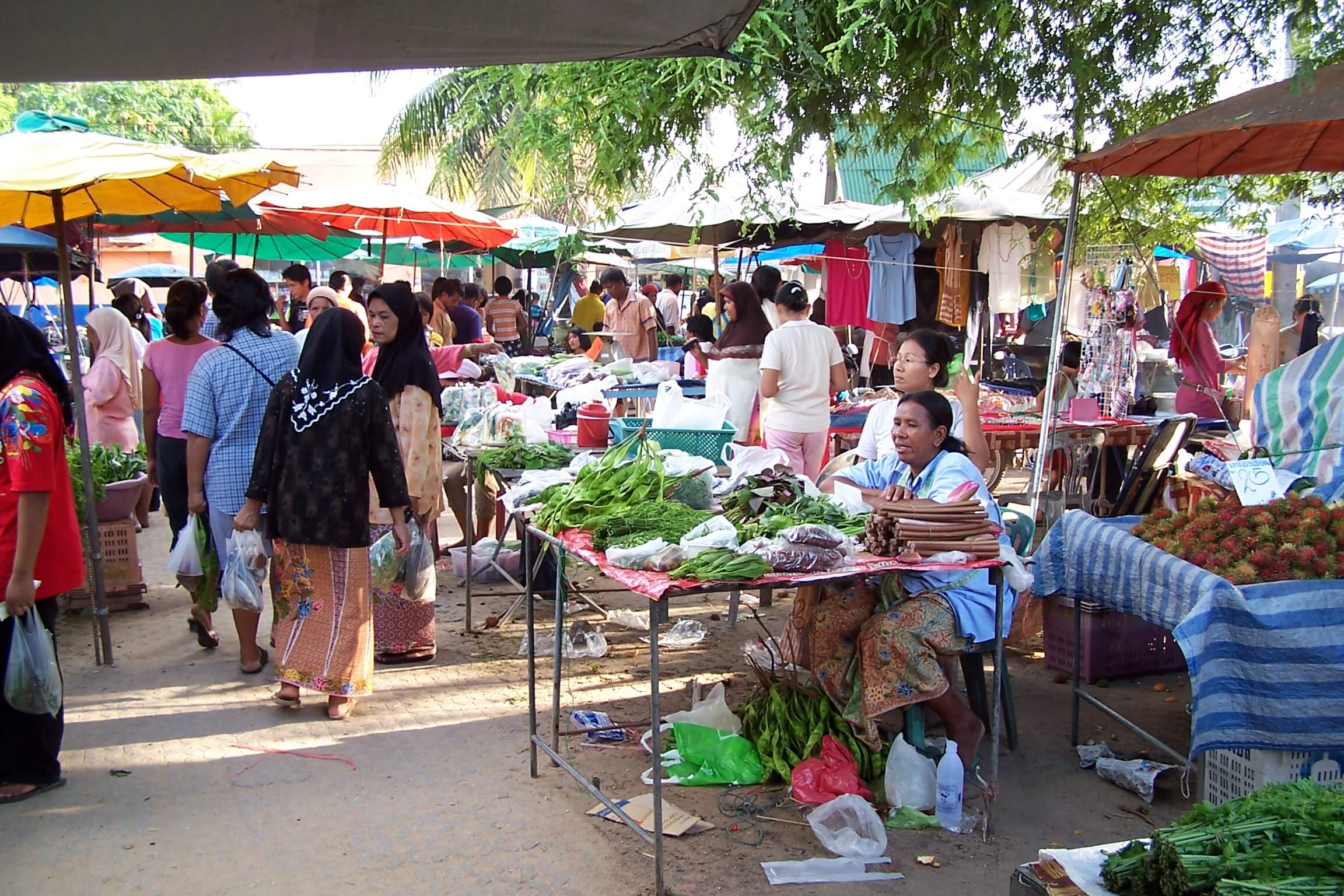
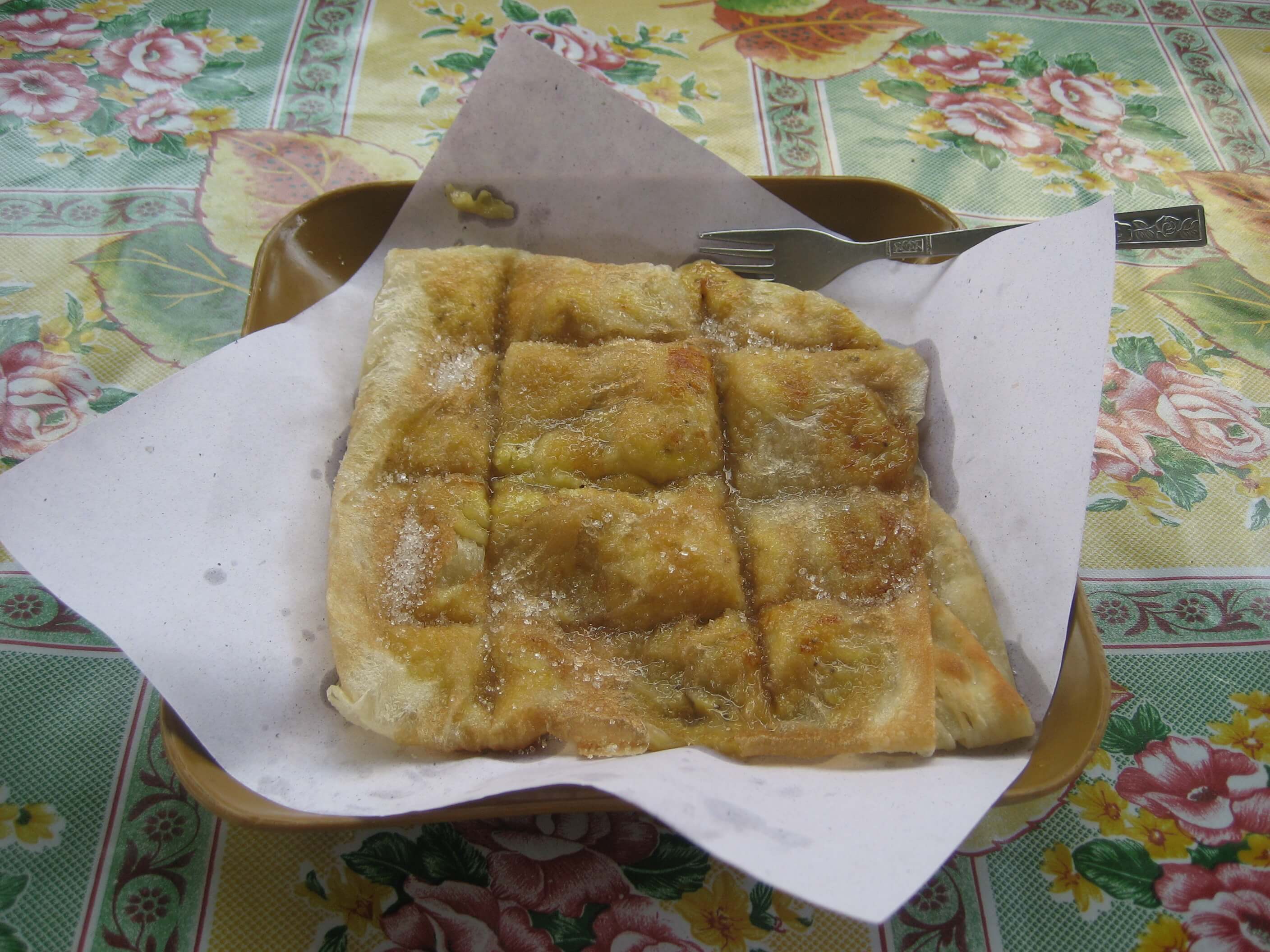
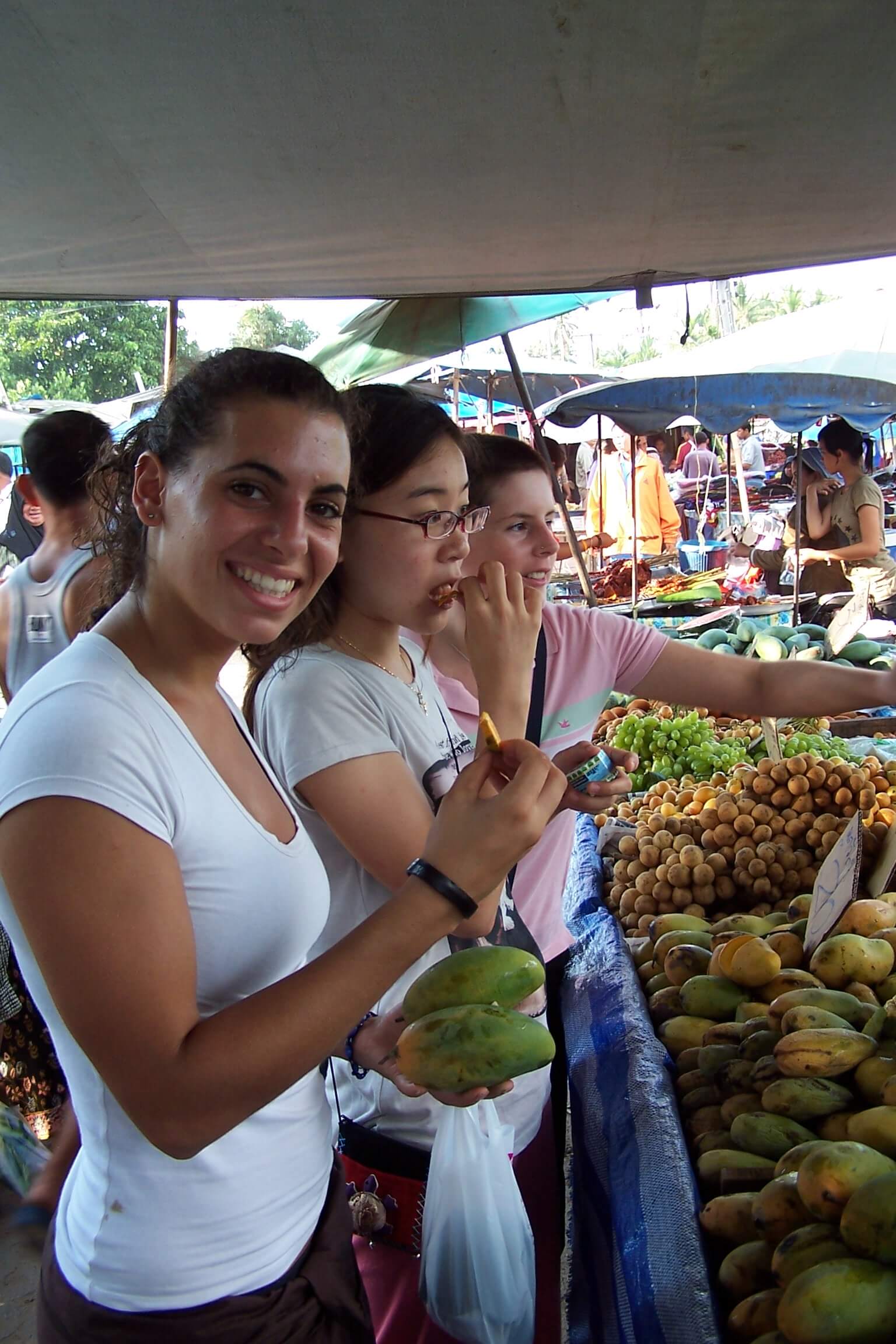
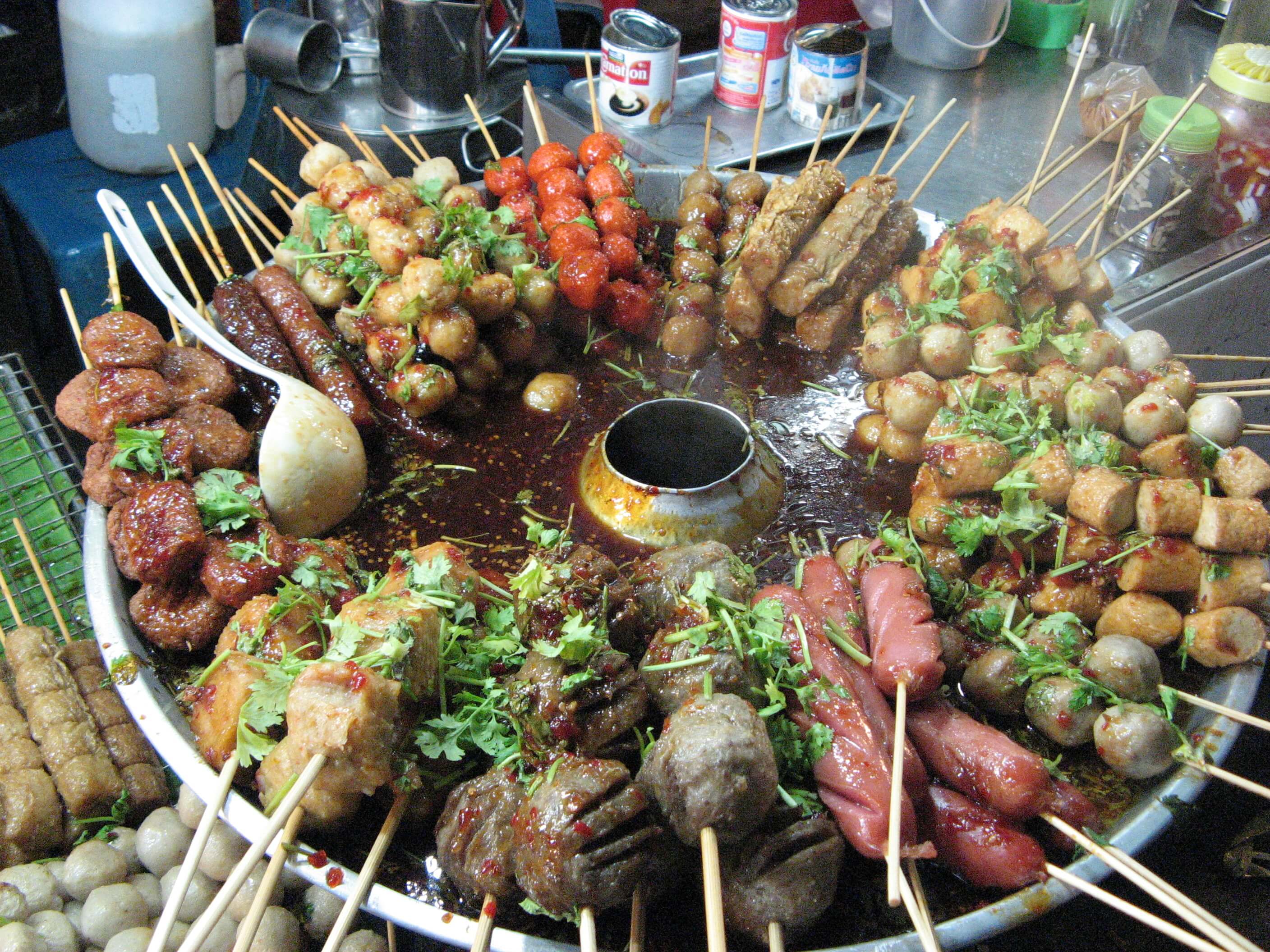
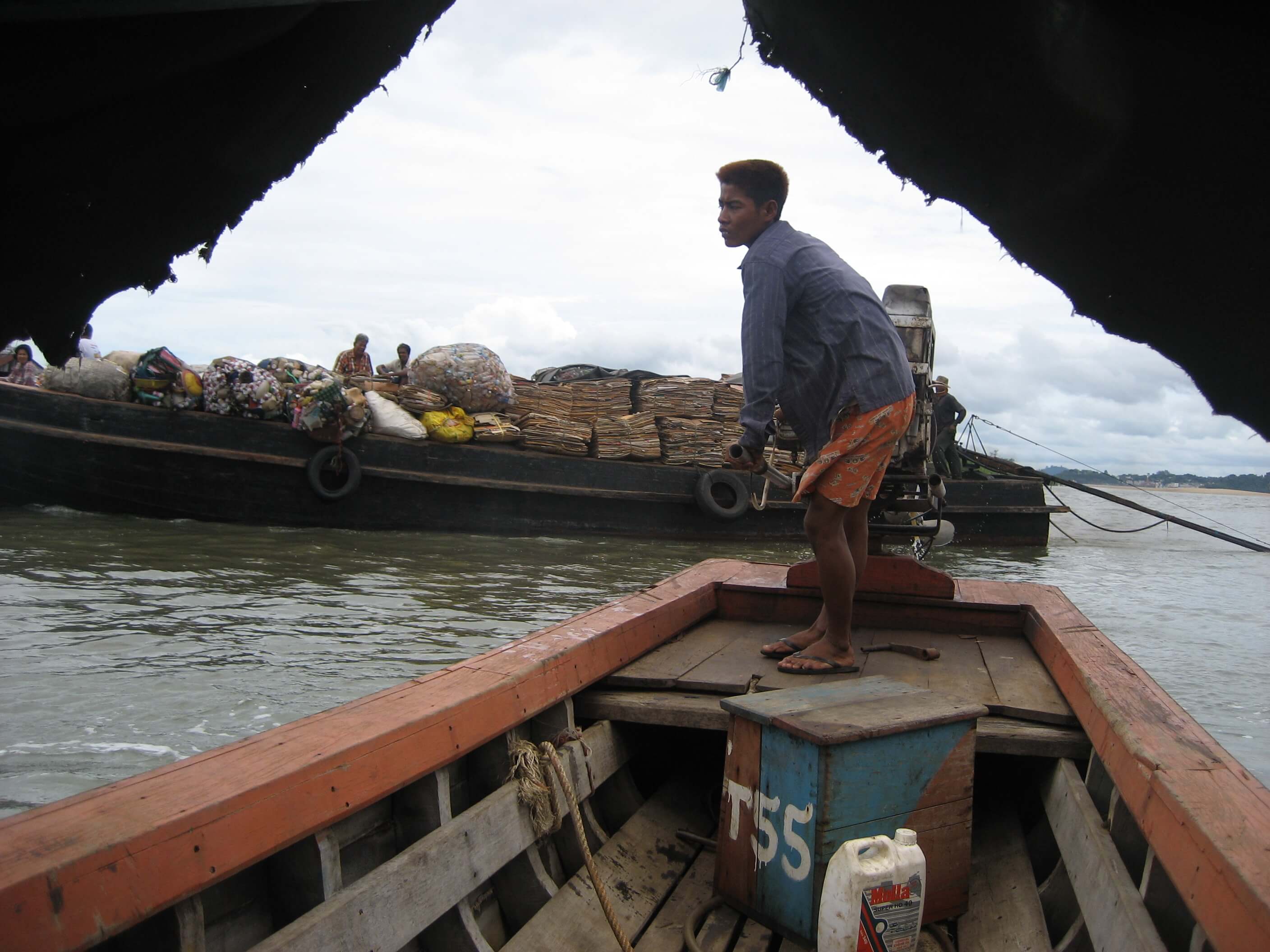
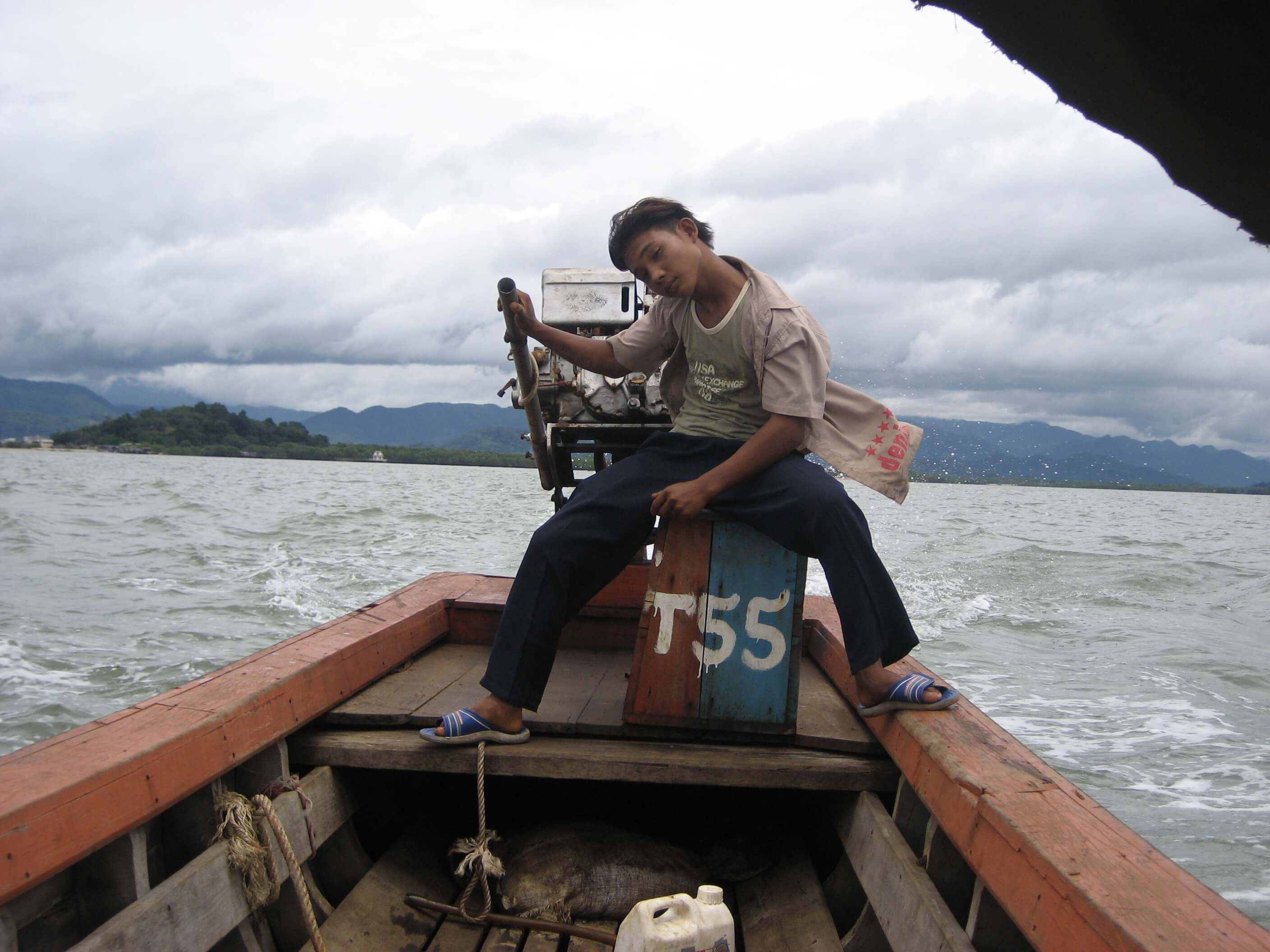
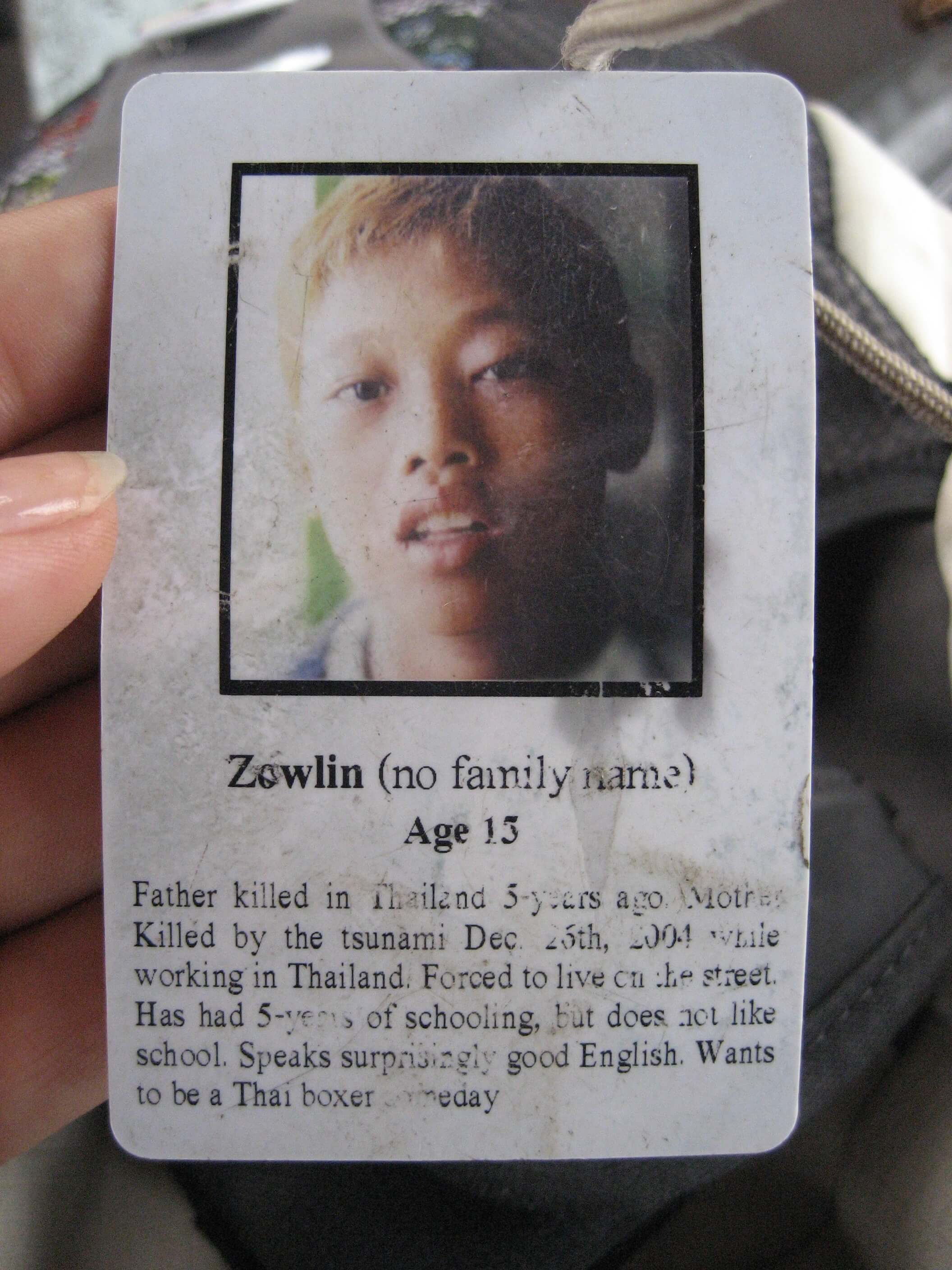
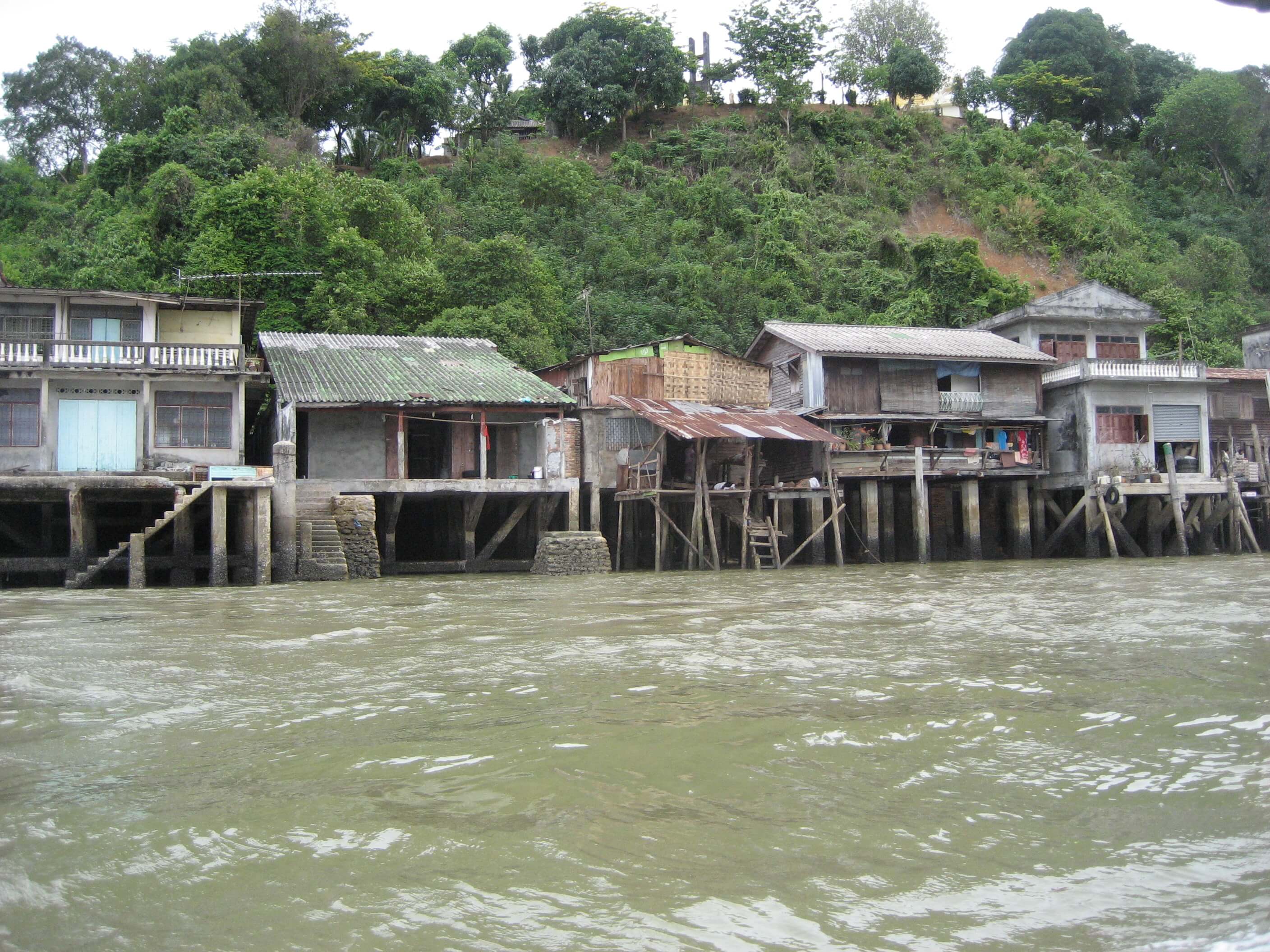
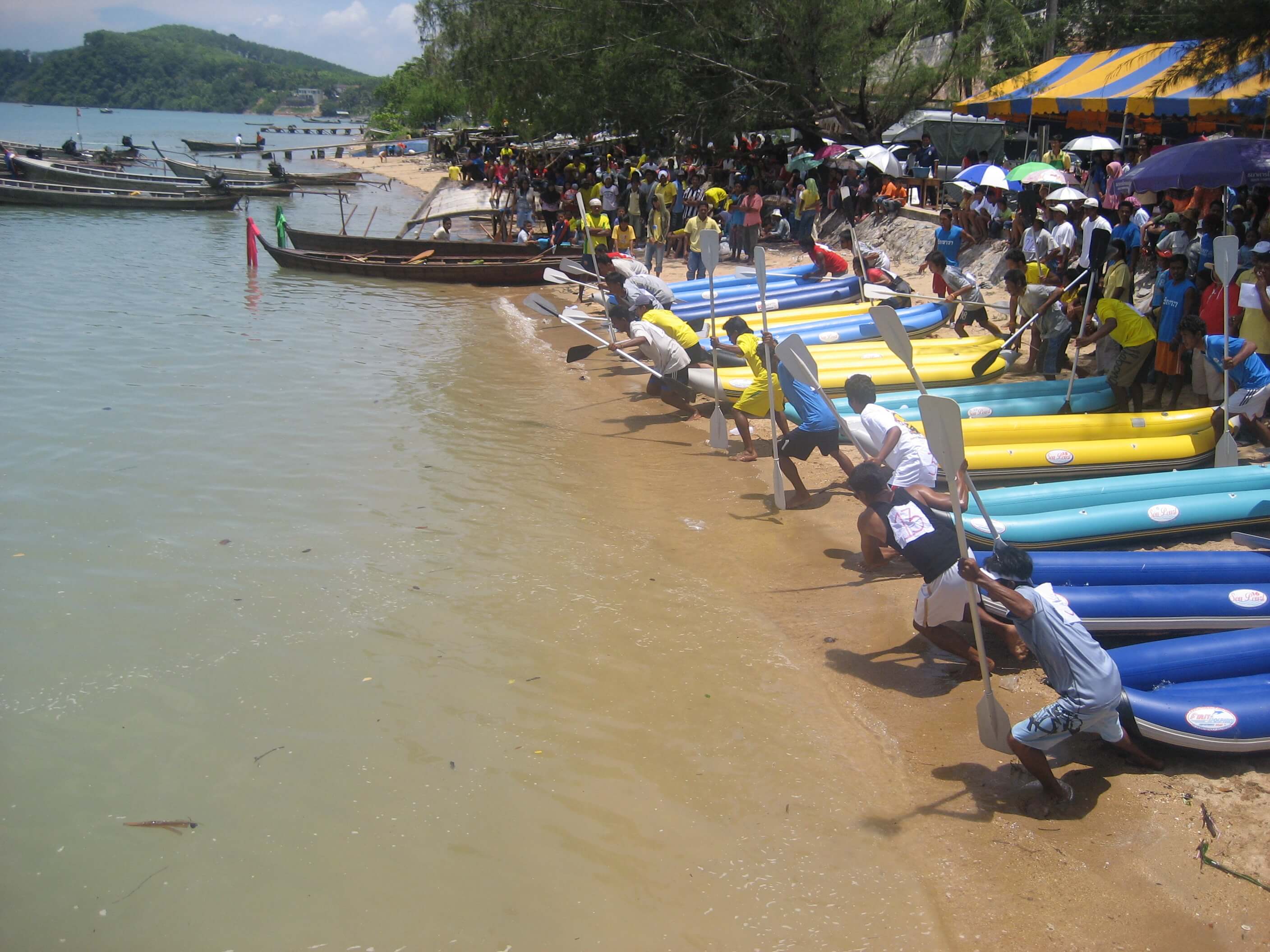
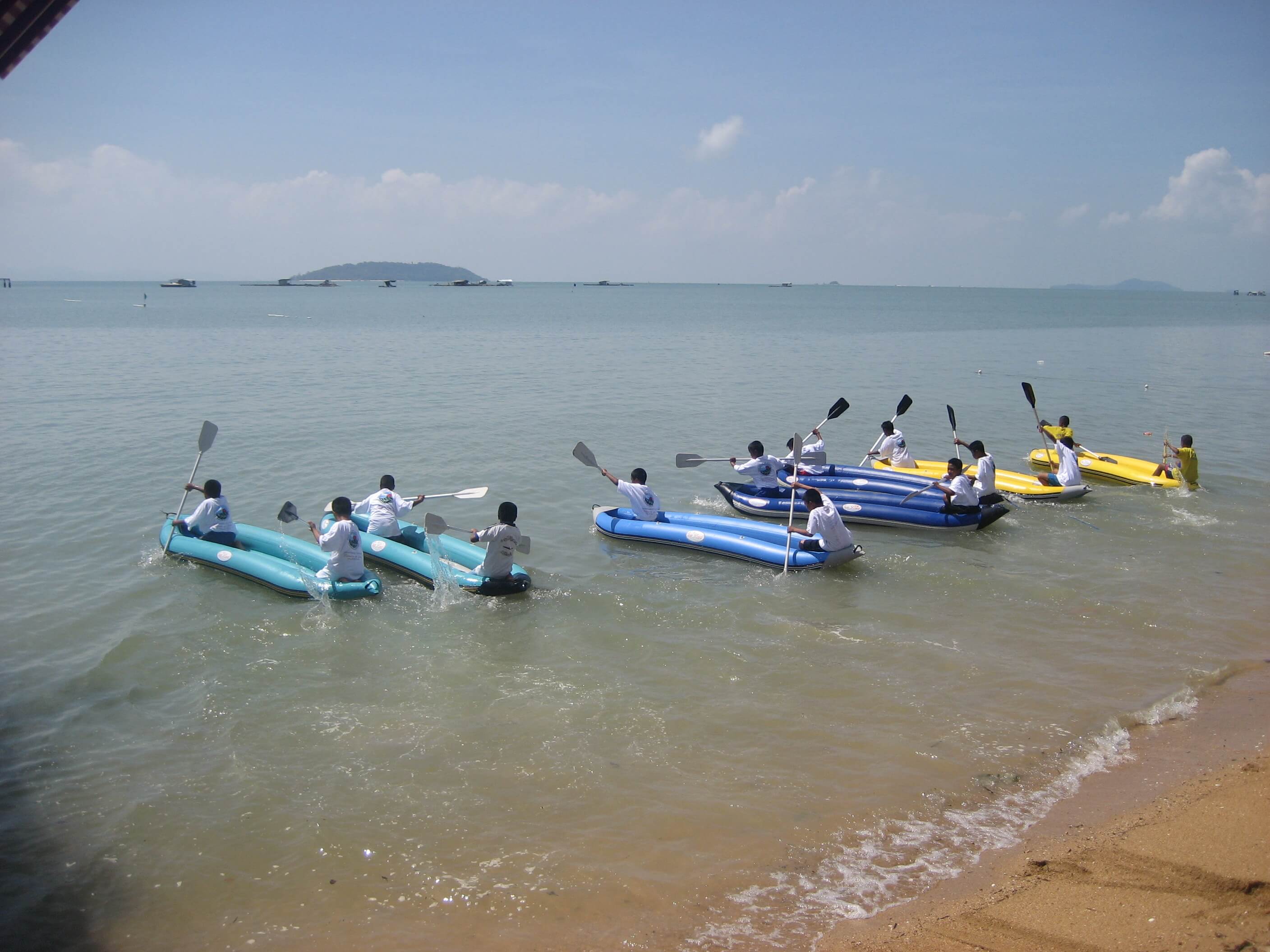
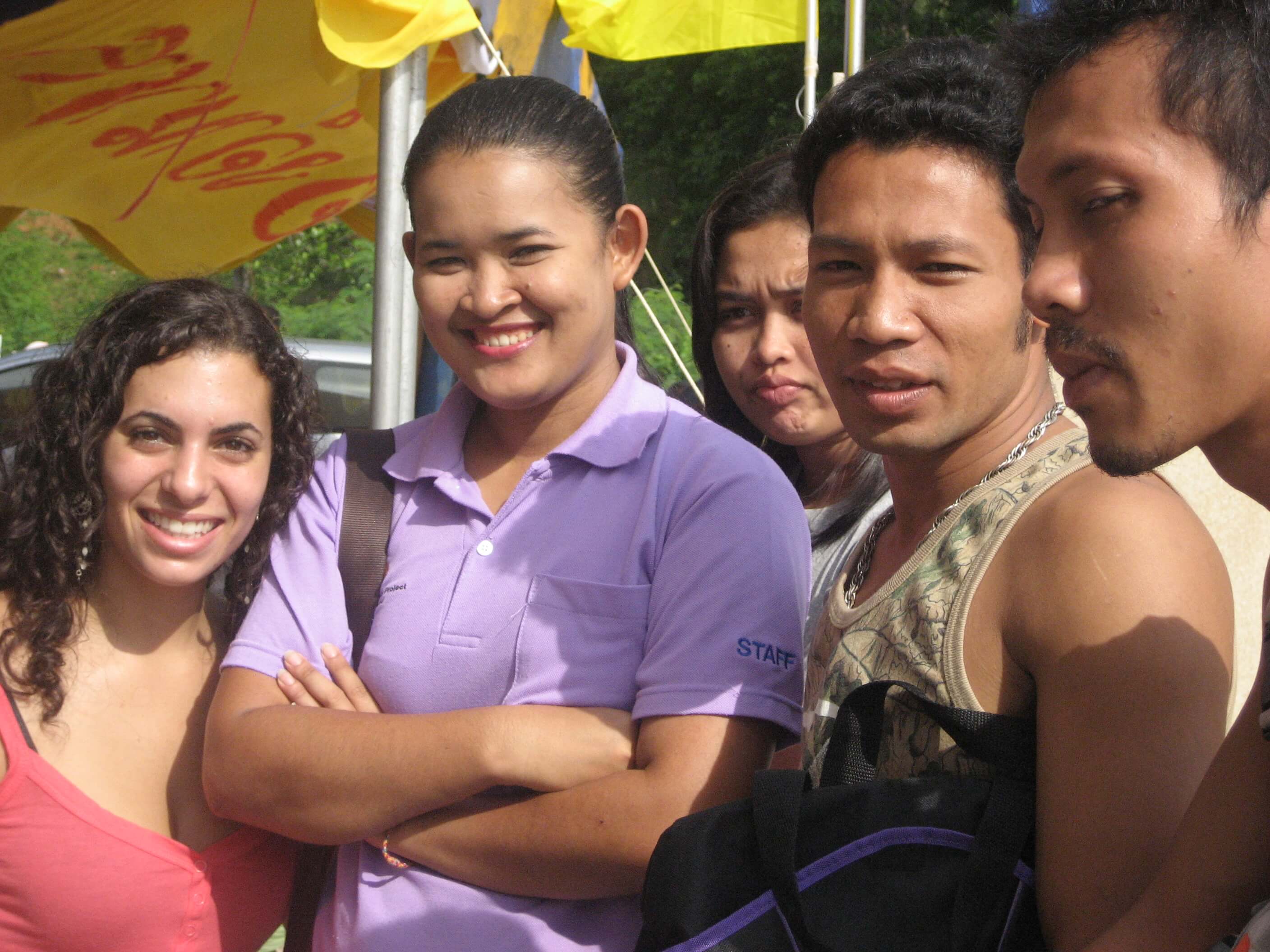
This is such a great project!
Thanks Gary, It really is, I’m so glad you think so too!
What are gibbon balls made of?
What’s a healthy Gibbon diet? What’s something not to feed gibbons?
Have the families grown in size in the wild?
Great job at conquering the fear to talk in public to spread your knowledge.
What do you mean by documenting their movements and habits? What are good movements and habits and what are some that are bad?
Wow congrats on taking the big decision to stay longer and help!
Such great questions! The gibbon balls are made from a mix of rice, beans and dry dog food. They absolutely love them.
In the wild gibbons eat a variety of fruit, leaves, flowers and bird eggs. In captivity we try to provide them with a mix of fruit and vegetables. The gibbon balls provide them with some protein and the staff collect certain leaves for them too.
Yes some of the families that have been released have grown, which is promising.
There are many reasons we document the gibbon movement/habits. We want to know what activities they are doing. If they are staying high in the cage and brachiating, or coming to the ground. To ensure they are interacting with eachother and grooming eachother. We record the times they make their territorial calls and check their well-being. I hope that answers your questions. There will be more about this in my next post when I talk about the release.
Wow so interesting…Thanks for answering the questions. Didn’t expect bird eggs as one of their foods. Super interesting…Looking forward to the next post!
Fiona I am loving reading about your adventures – such great stories and so well written! You will inspire everyone who reads your blog!
xox Vanessa
Thanks Vanessa for your kind words. I’m so glad you are enjoying the read!
This is great, Fi!
Sounds tiring but very satisfying
Yes definitely, but so worth it! Being able to contribute to their well-being even if it was for a short while was so rewarding.